Street markets, boot sales, period events—all are manna from heaven for the street photographer. And when people dress up in period gear they signal that they want to be photographed. Why else go to the trouble. There’s also no need to be quite as discreet as usual, they love the camera. Even people in contemporary dress join in the fun and are happy to pose, as in the shot below. Lovely food, by the way.
Last weekend I joined Ivor and Elaine Cooper (and Pumpkin the Lurcher) together with John Cartwright and his family for a day at the Classic Car Boot Sale behind London’s Kings Cross station. It was another of those wonderful occasions when everyone was in a good mood and there were endless opportunities to grab a shot or two.
But what camera to take? I’ve tried everything at similar events in the past, from the Leica M (or, even, the Monochrom), various Fujis and pocket cameras such as the D-Lux or Ricoh GR. As you know, I’m essentially a rangefinder type of guy but I do know a good bit of autofocus when I see it. I’m also a prime timer, but a zoom can come in handy on occasion, especially at events such as this.
So for Sunday’s event I chose the biggest camera and zoom I could lay hands on: Leica’s new SL with the portly but highly efficient and undeniably competent 24-90mm Vario-Elmarit-SL f/2.8-4 ASPH (phew, a name as long as the lens). This is the antithesis of discreet; it’s a full-on, in-your-face Panzer of the photographic world. Don’t mess with me is the loud and clear message.
Click on any photo in this article to enlarge
The SL isn’t a natural choice for street photography, where discretion normally takes the better part of valour. But it is suited to an event such as this where photography is an expected foible and where everyone loves to have their picture taken. On the quiet, too, it looks very professional and I could have been mistaken for the official photographer recording the event for posterity, not to mention for next year’s web site.
So, armed with Leica’s latest, I set forth with Ivor and the merry band to try out the capabilities of the 24-90mm zoom. It is a very impressive piece of kit and I have to say that the 24mm to 90mm range of focal lengths is perfect for any event such as this. The norm in pro lenses of this type (from Canon and Nikon at least) is 24-70mm. Lesser lenses tend to make do with 28-80mm, a little lacking at both ends. But 24-90 cannot be beaten. It is the ideal all-purpose mid-range zoom. At this event the wide end coped well with large vehicles in confined situations while the full 90mm cut a pretty portrait.
I love the definition of this lens. I firmly believe it is a jewel of a zoom that succeeds in replicating Leica’s classic primes at every focal length. Big it might be, a tad on the heavy side it certainly is. But to have a bagful of 24, 28, 35, 50, 75 and 90mm primes at your beck and call and not to have to bother changing them (not to mention buying them) is more than enough compensation for the weight and size. It feels perfectly balanced on the SL and this is where the large grip comes into its own. There should be no need for extra grips and accessories to make the SL useful.
This is a no-compromise lens except, perhaps, in the narrowing the aperture as the zoom extends; but the launch aperture of f/2.8 is as good as it gets for this type of professional optic. It is big and heavy because it has to be; even so, it is lighter and shorter than Nikon’s narrower-range 24-70 which is something of an achievement in itself.
All these photographs were shot in DNG and processed in Lightroom. I love the colours, I appreciate the ability to define the subject despite the relatively slow aperture (f/2.8-4) which, on the face of things, might leave one wanting for the speed of a Summicron or Summilux. But it doesn’t. I was perfectly happy shooting at maximum aperture most of the time, varying somewhere between the two extremes as the lens was zoomed out. I think the results speak for themselves.
Having shot similar events in the past with a rangefinder M, I can testify to the benefits of autofocus where the decision to shoot and pressing the shutter has to be made in nano seconds. In almost all instances the 24-90 nailed focus; and even in those shots where it slightly missed the mark (see the two examples immediately below) the result was still usable.
This 24-90 is a professional-quality lens that justifies its hefty price tag of £3,150. It costs about the same as a 50mm Summilux M yet offers infinitely more versatility and superb results. The SL with this lens is big. It isn’t an everyday rig, especially not for street photography, but for event work, even for sporting events, it can acquit itself well. I am impressed. A full review of the SL follows when I’ve given it its head for a few weeks.
As it happens, the Leica SL wasn’t the only camera I took with me. Leica had supplied but one battery and I feared being left high and dry mid-shoot (I wasn’t) but it’s always nice to have a fallback. On the way out I snapped a few interesting spots with this second camera but I’m not saying what it was. See if you can guess which very competent camera I packed alongside the SL in the Billingham Hadley Pro.
- Subscribe to Macfilos for free updates on articles as they are published. Read more here
- Want to make a comment on this article but having problems? Please read this
Mystery Camera
Can you identify my mystery camera which I took as a backup to the Leica SL? I used it to snap a few frames on the way out of the King’s Cross site:

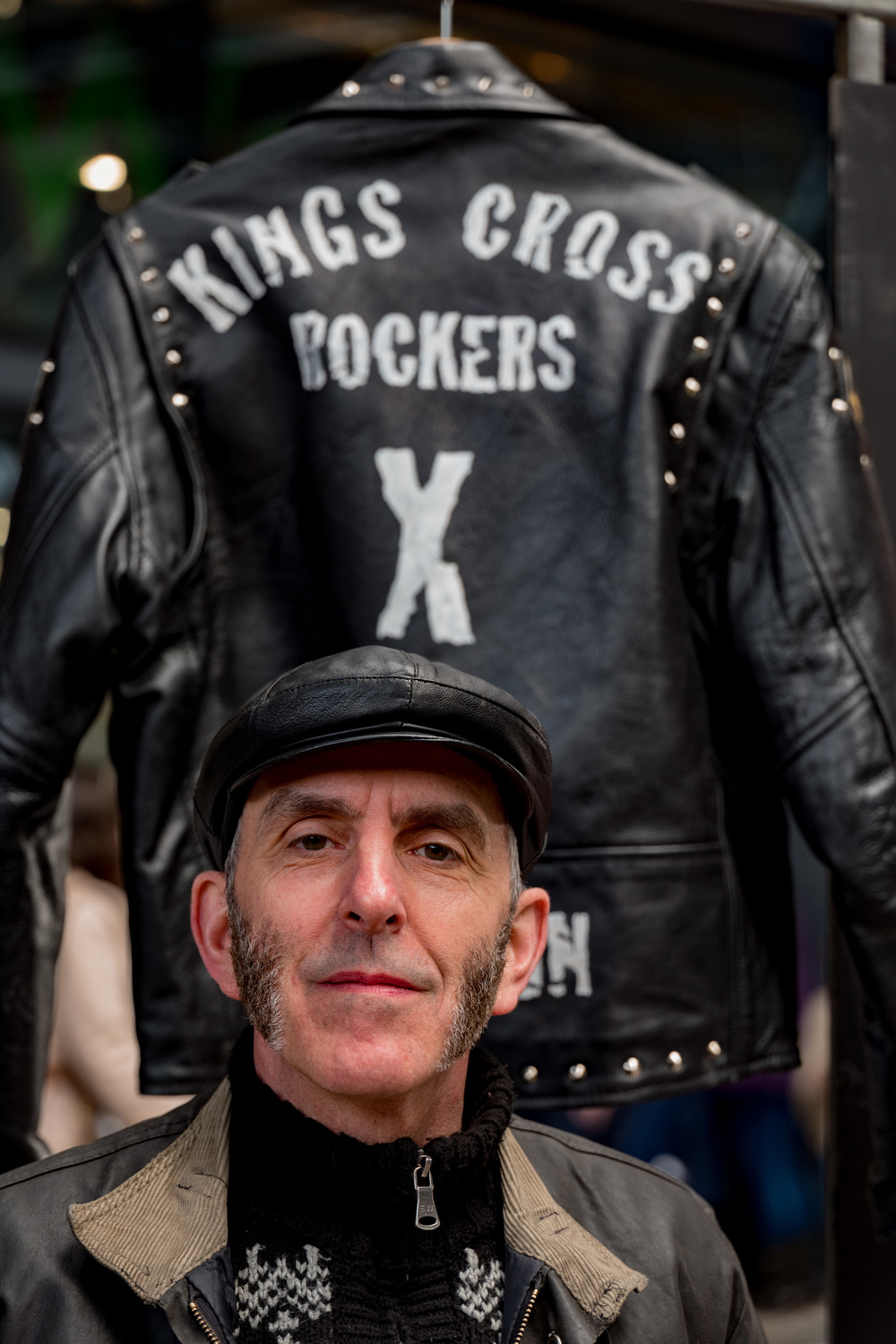
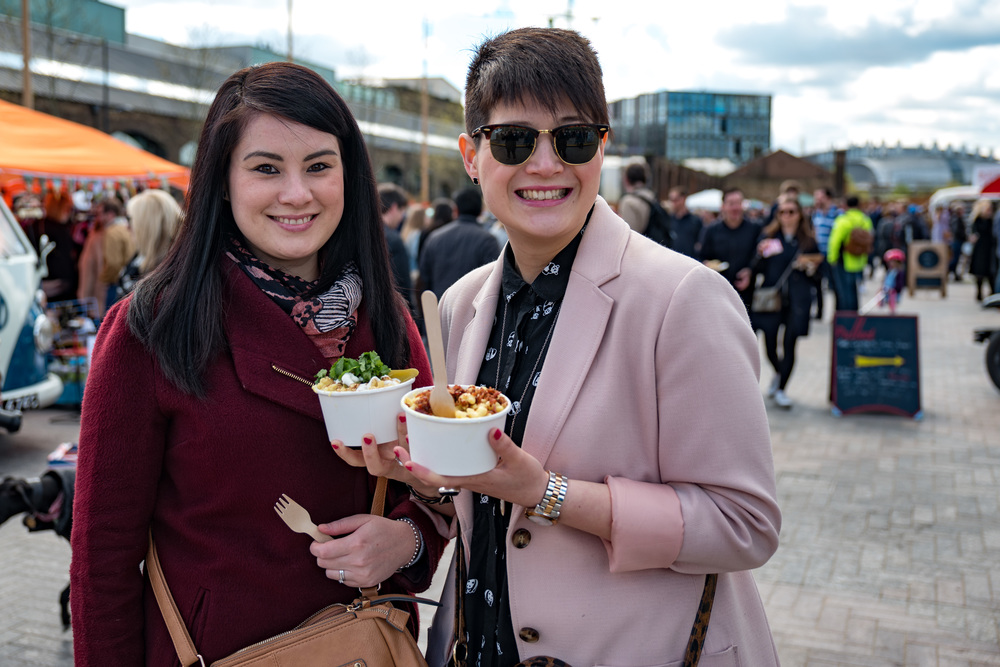
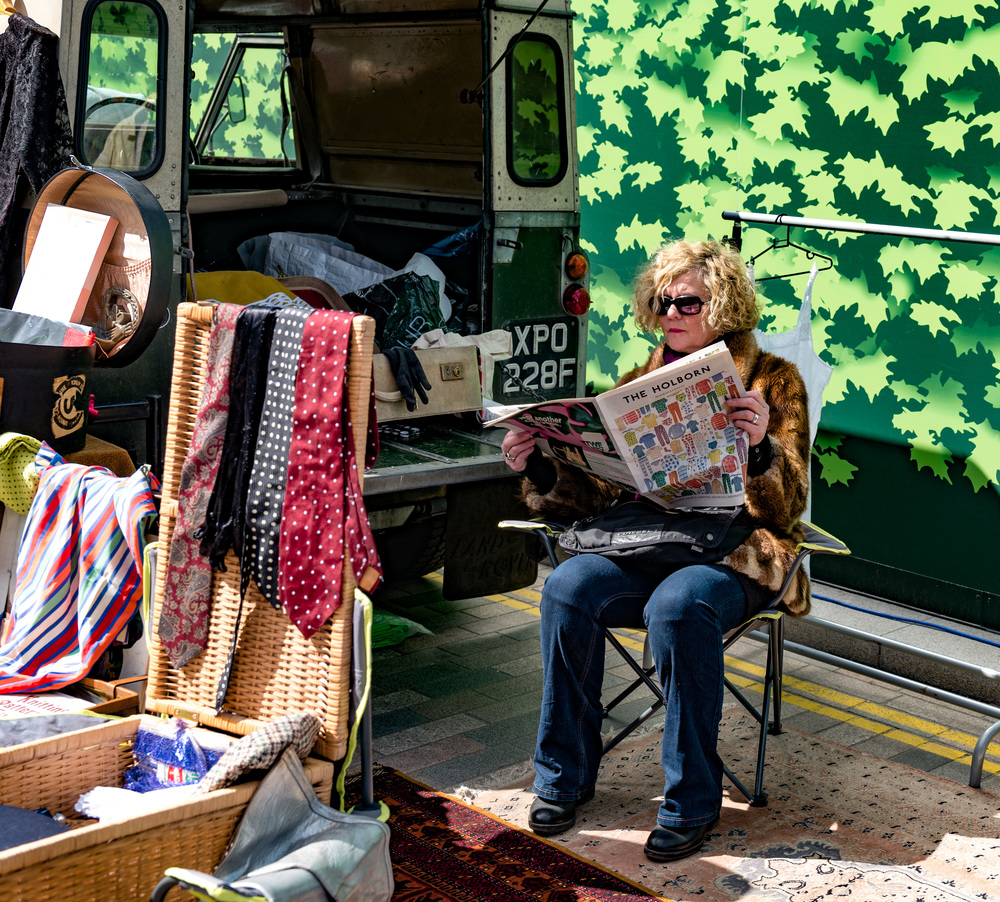
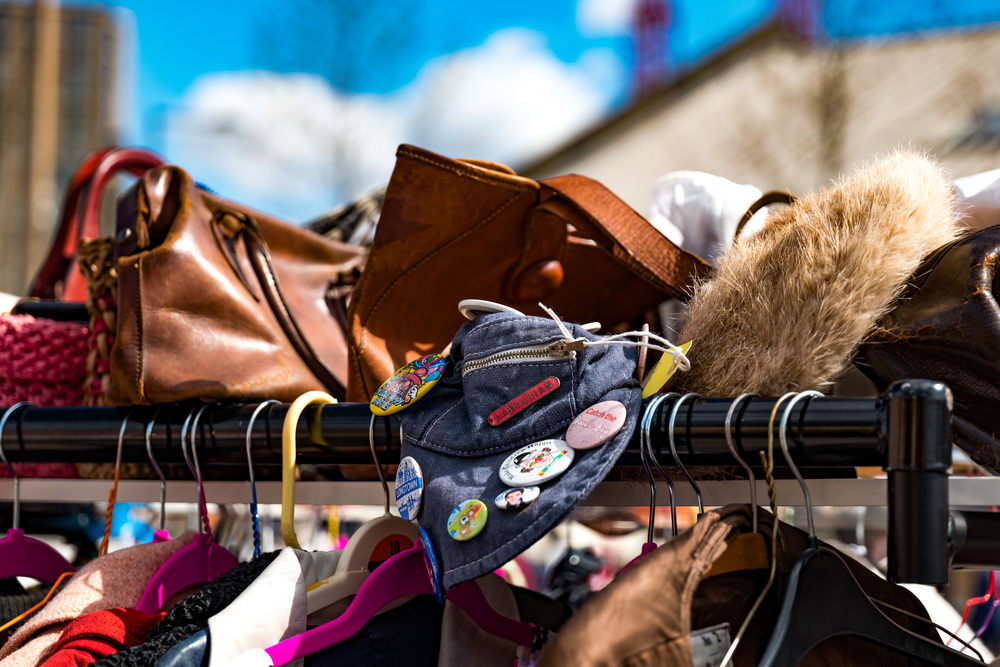
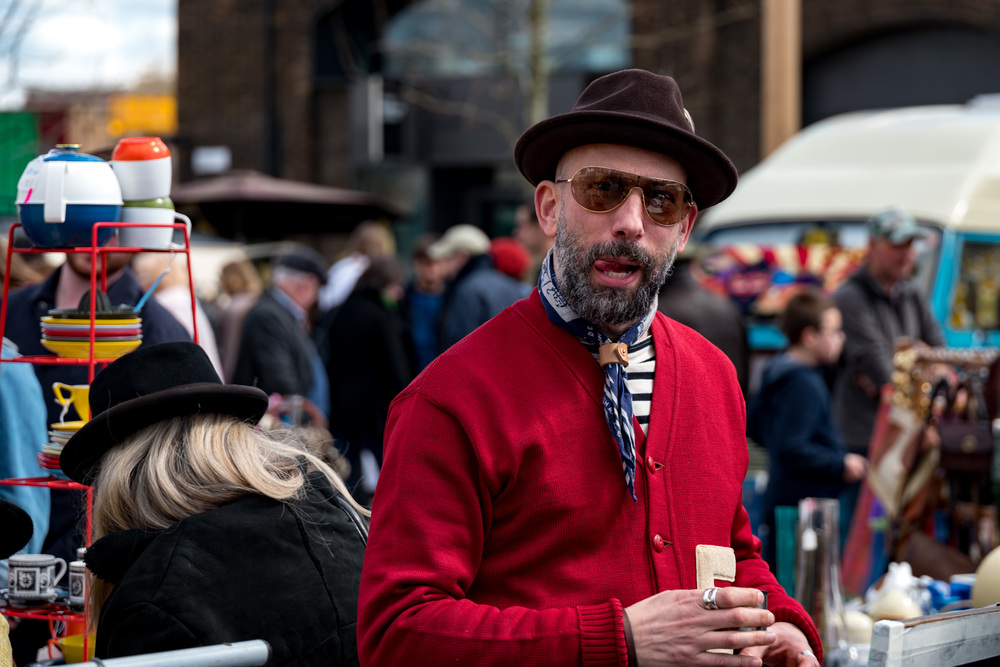
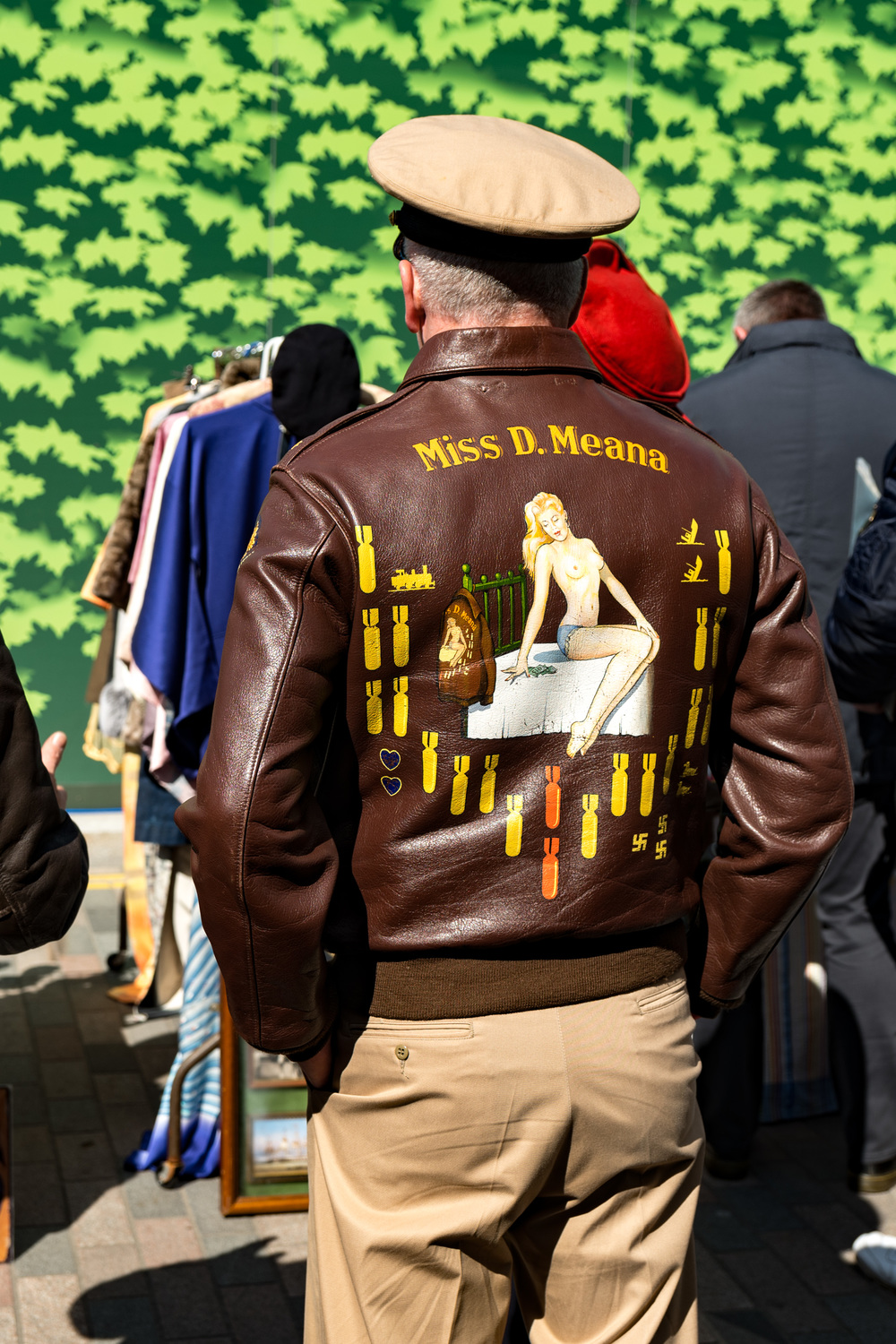
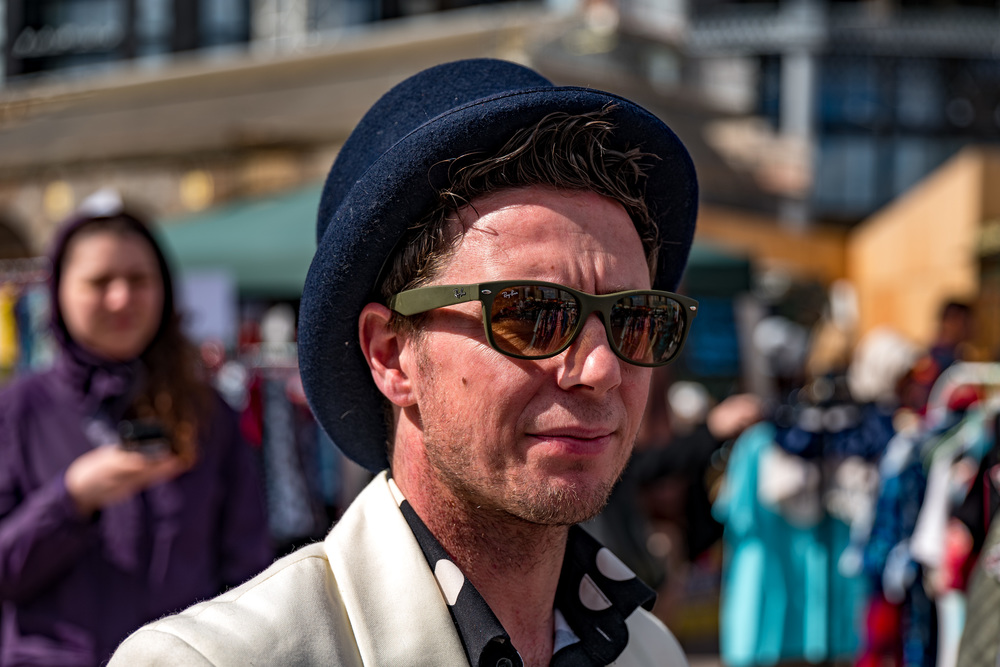
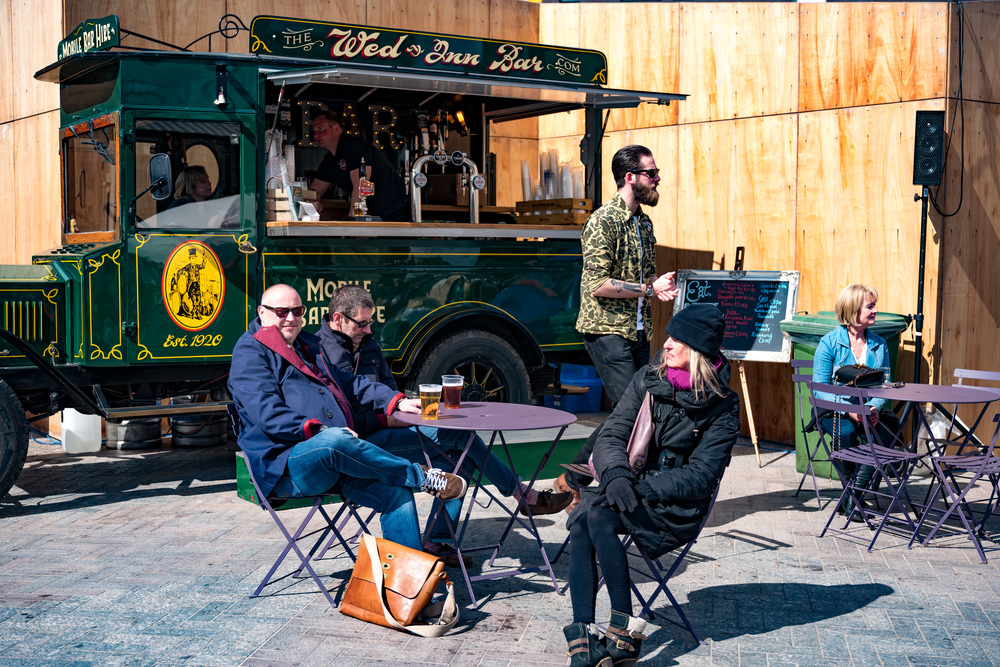
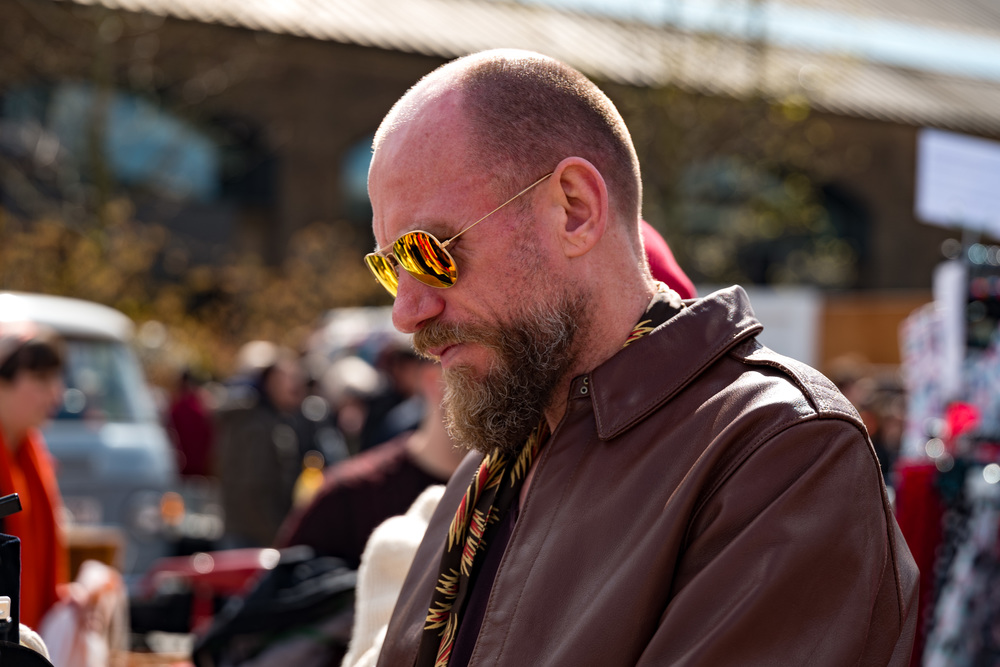
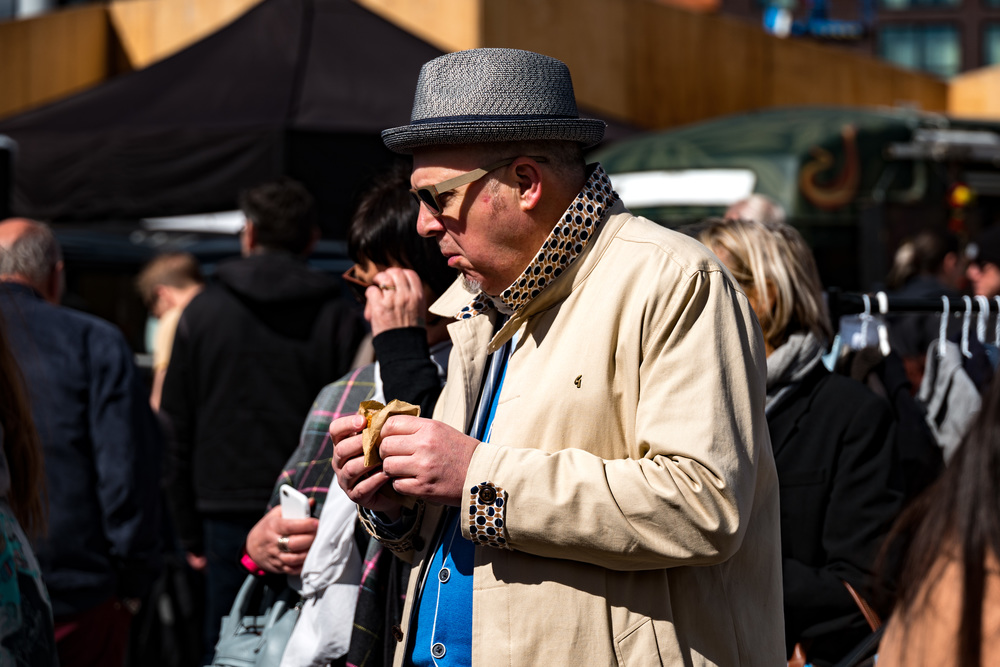
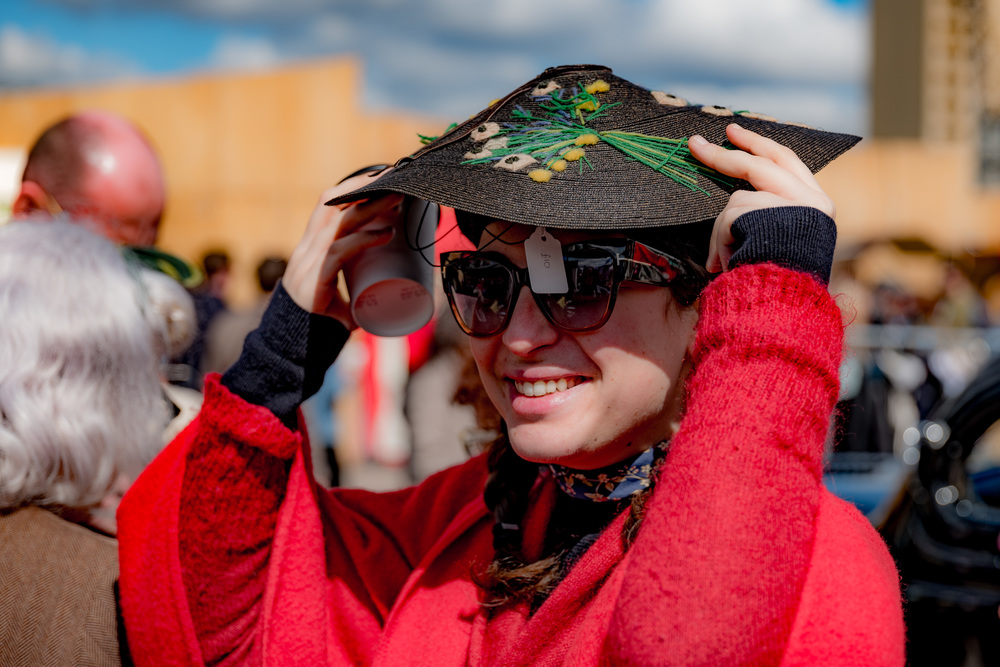
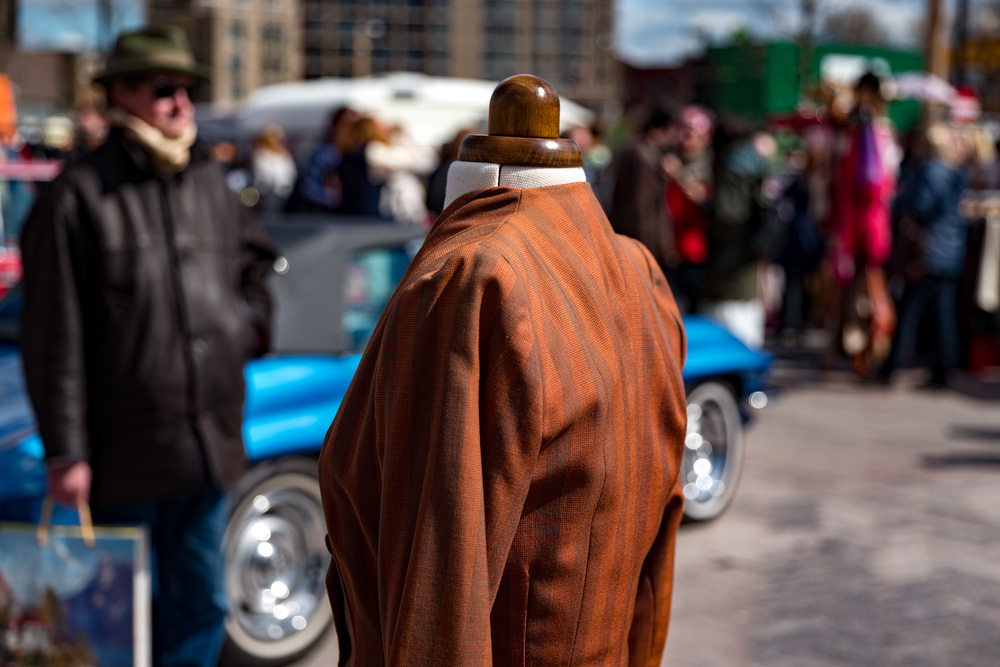
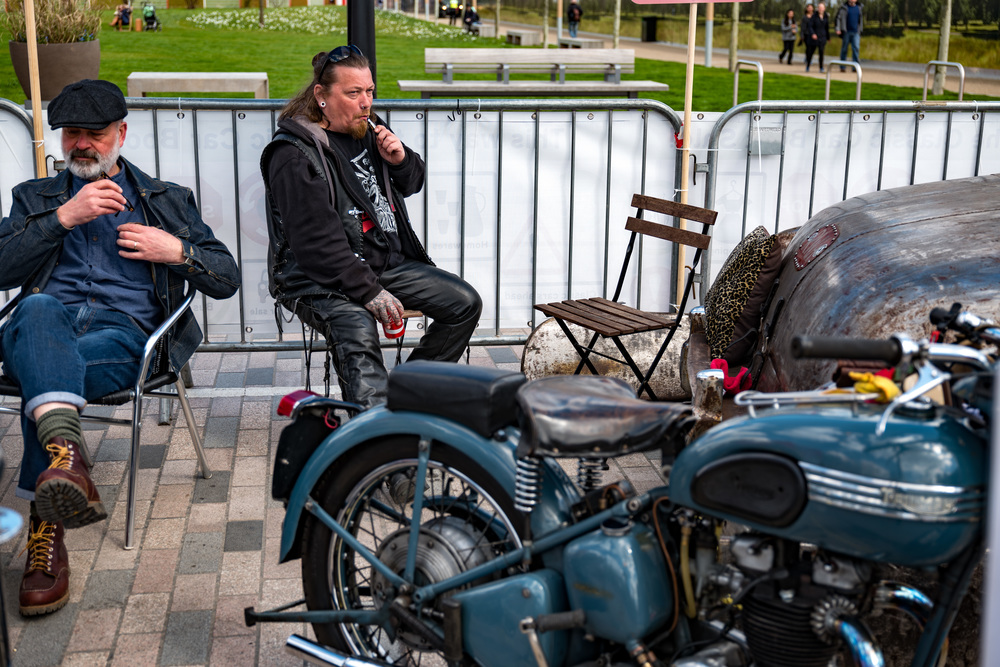
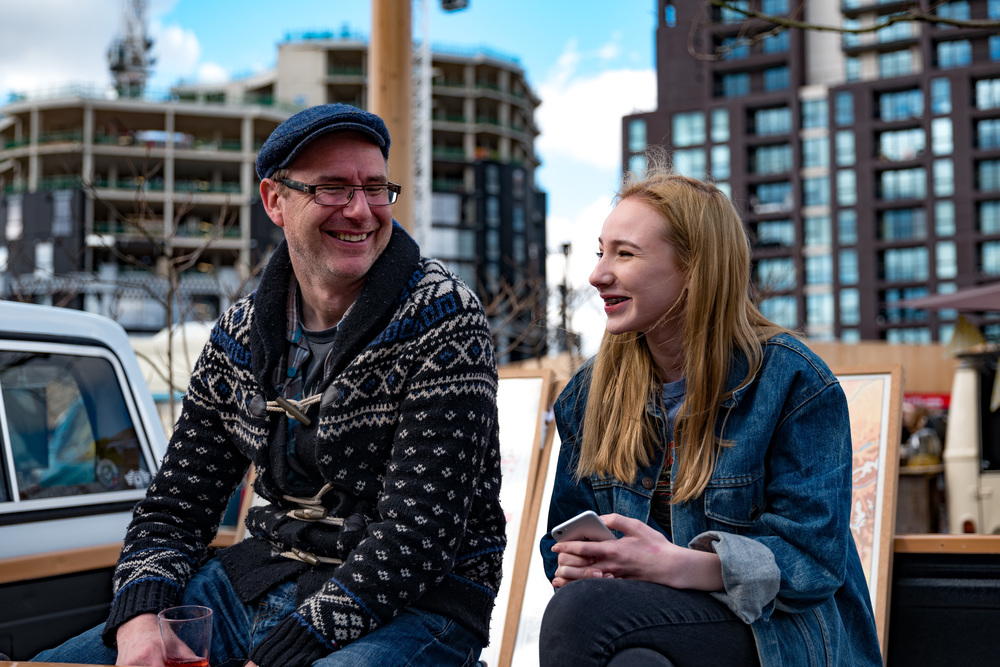
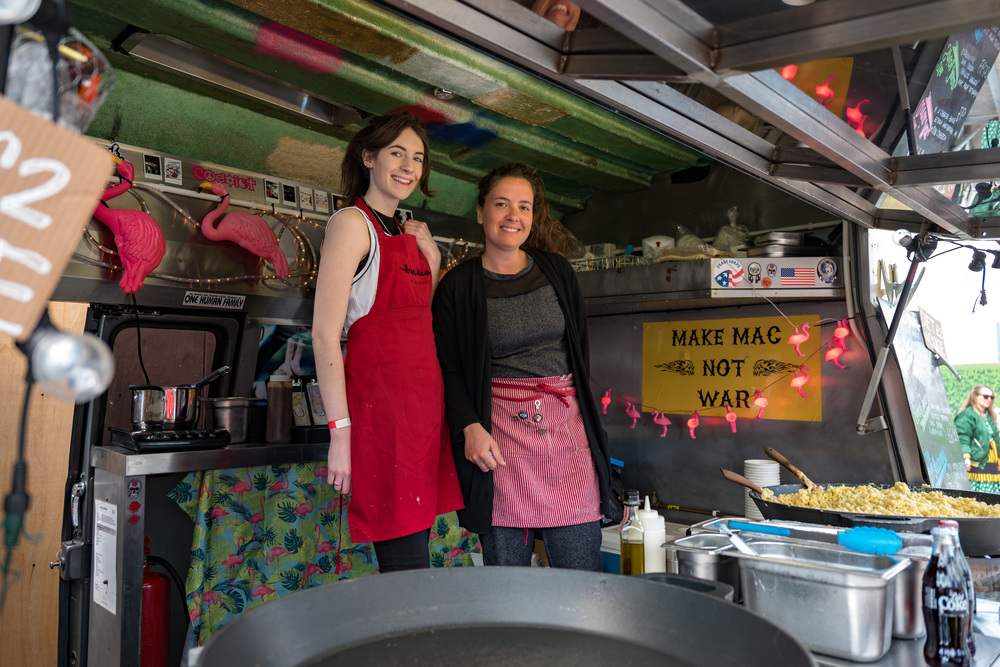
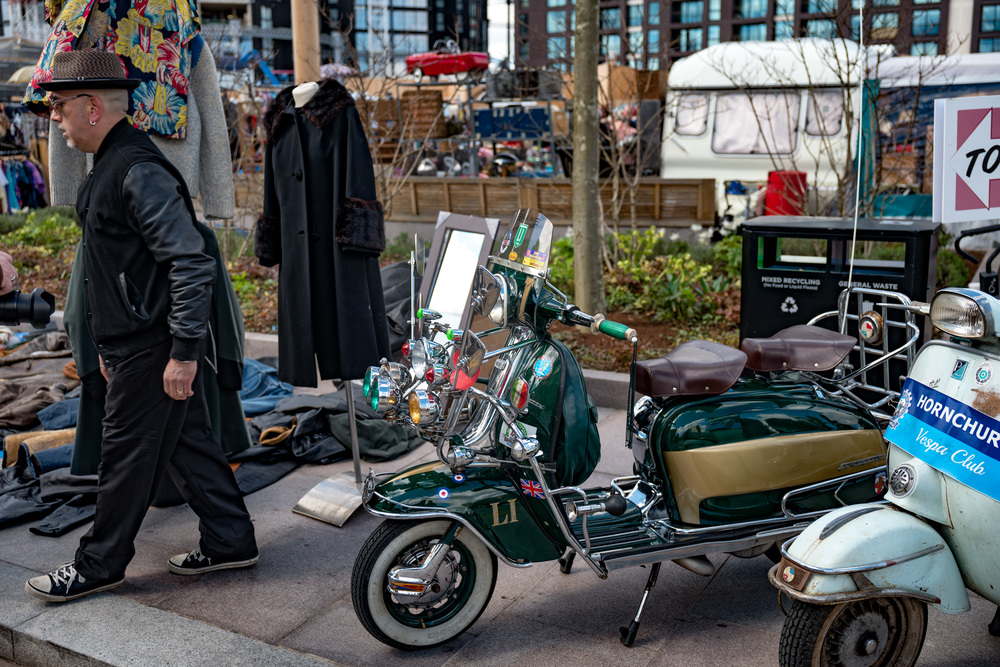
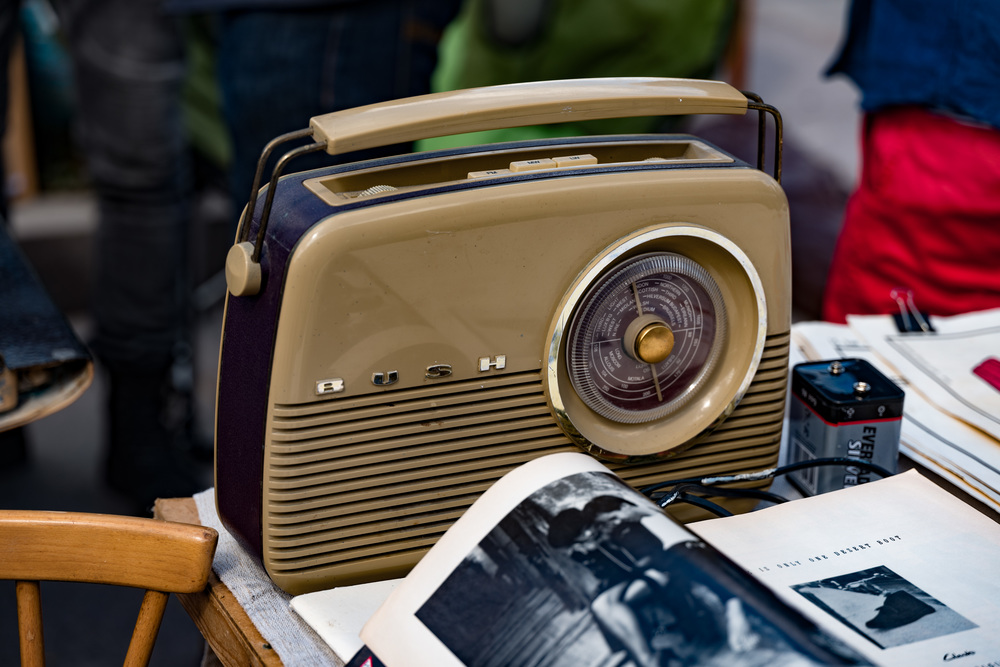
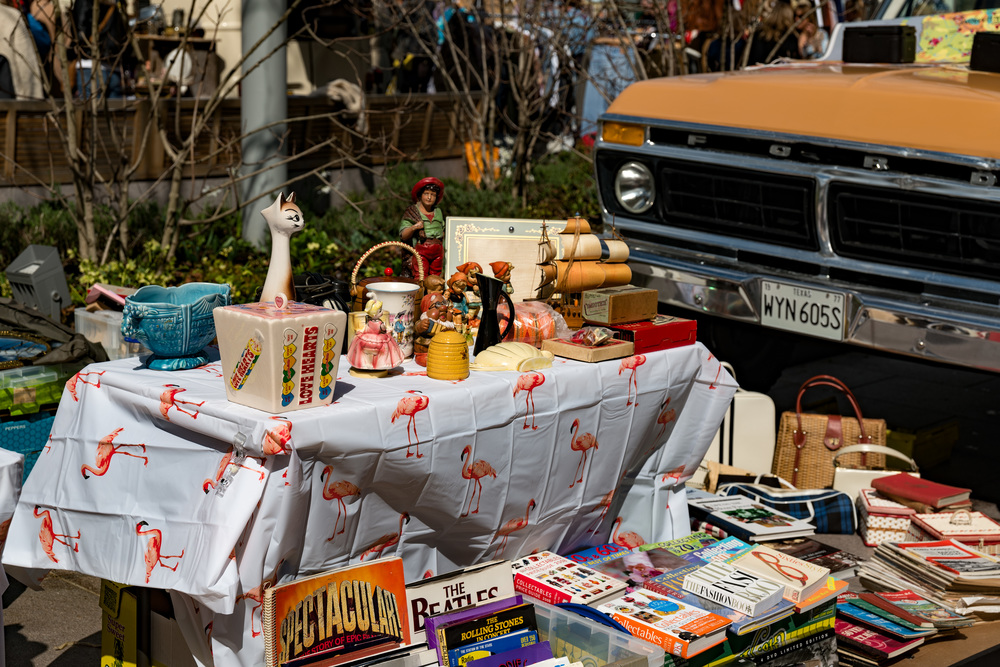
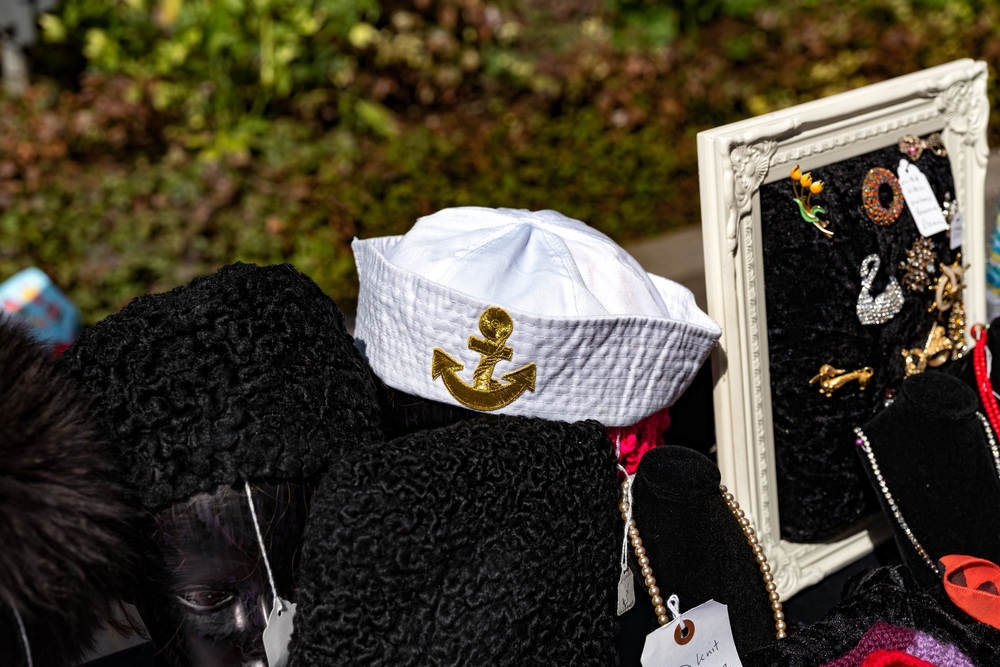
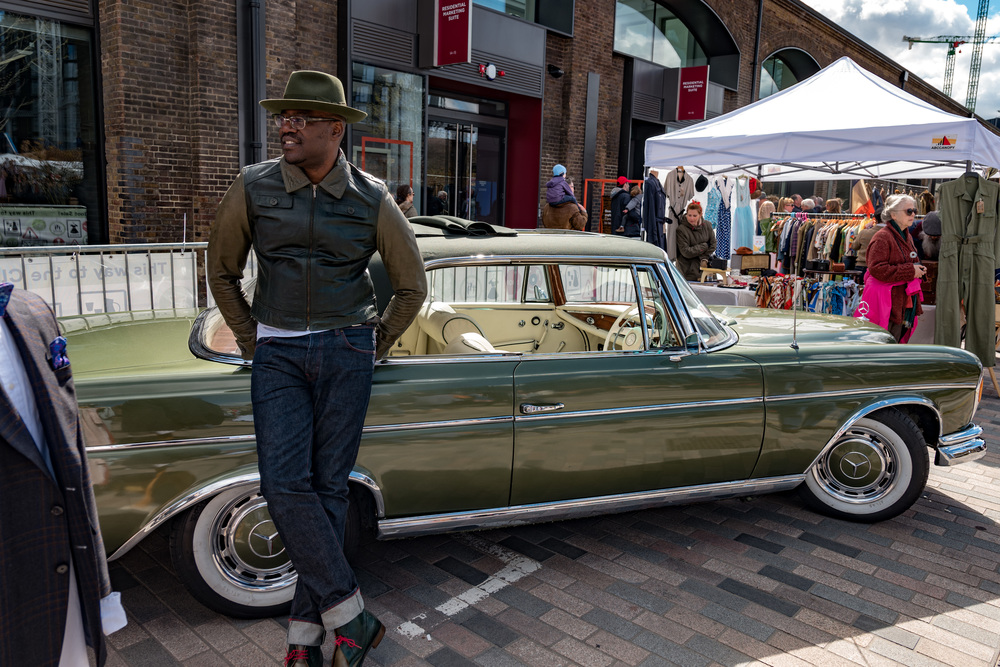
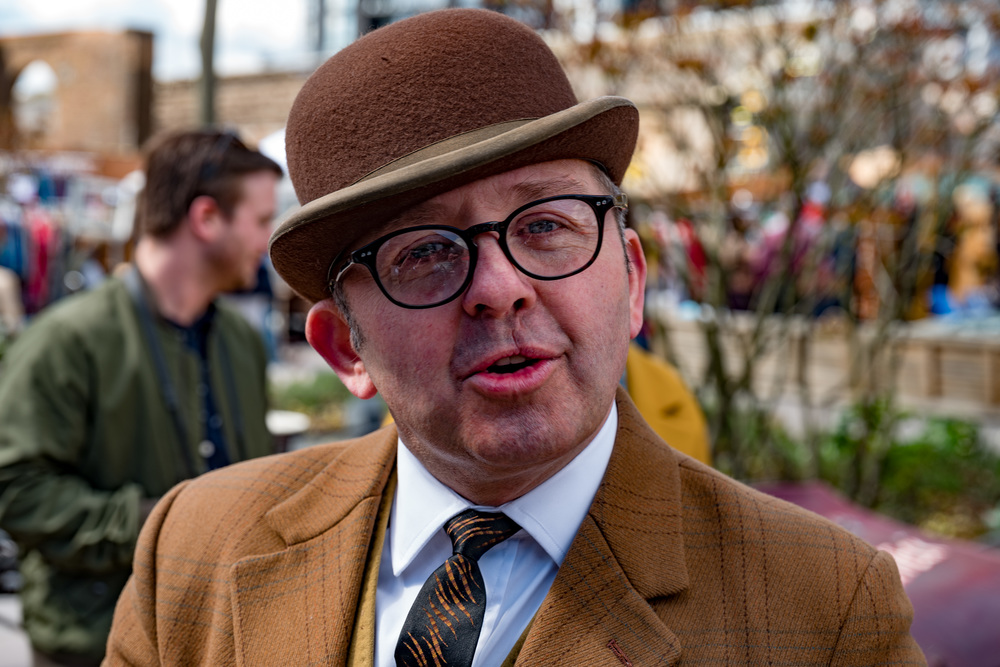
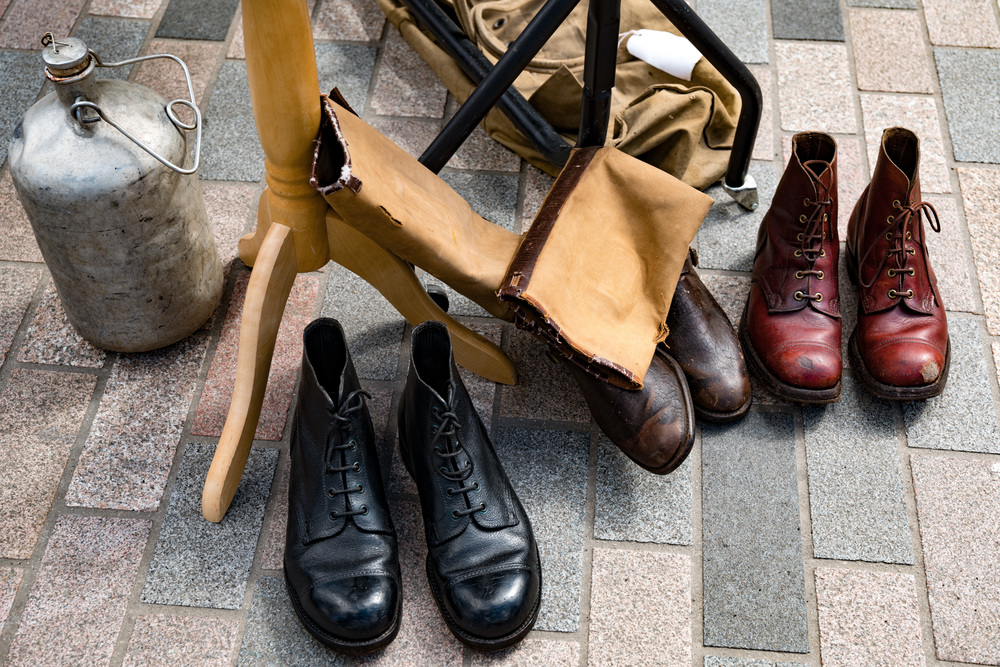
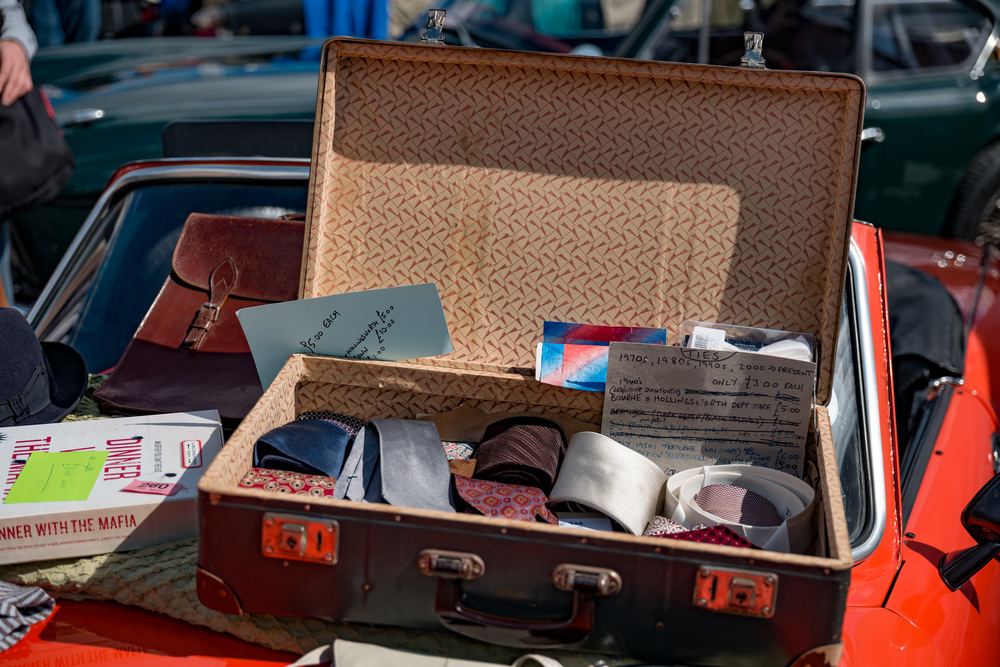
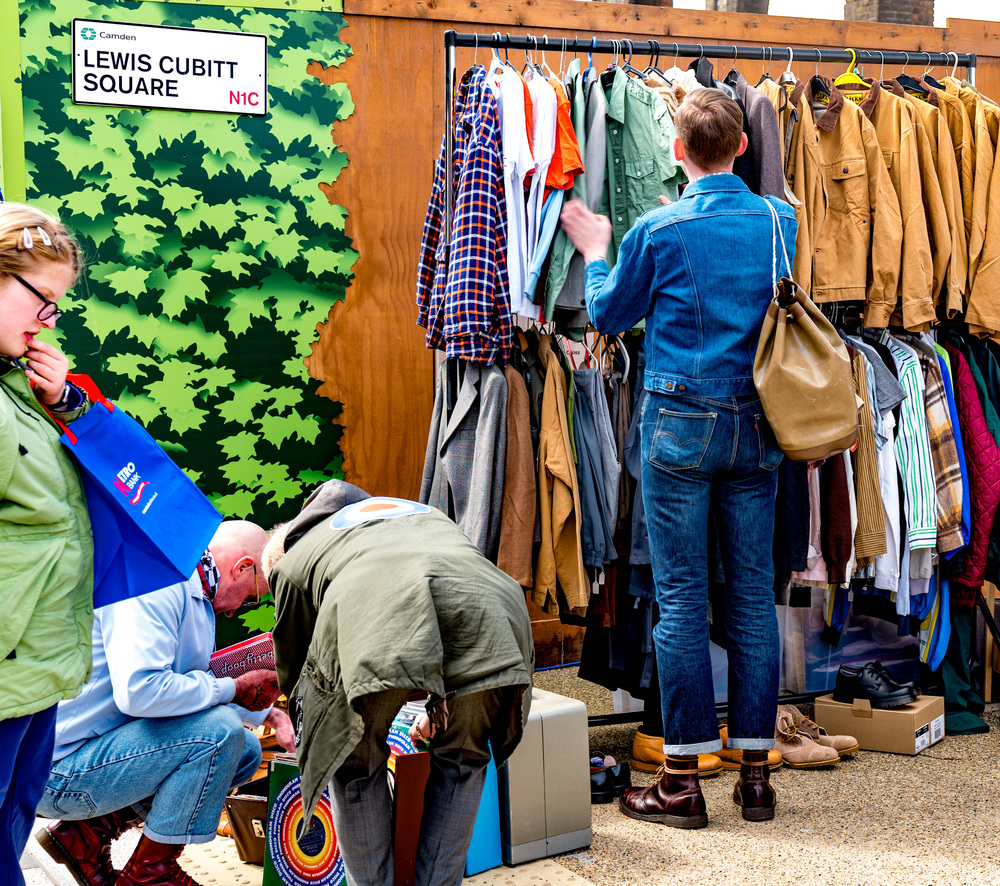
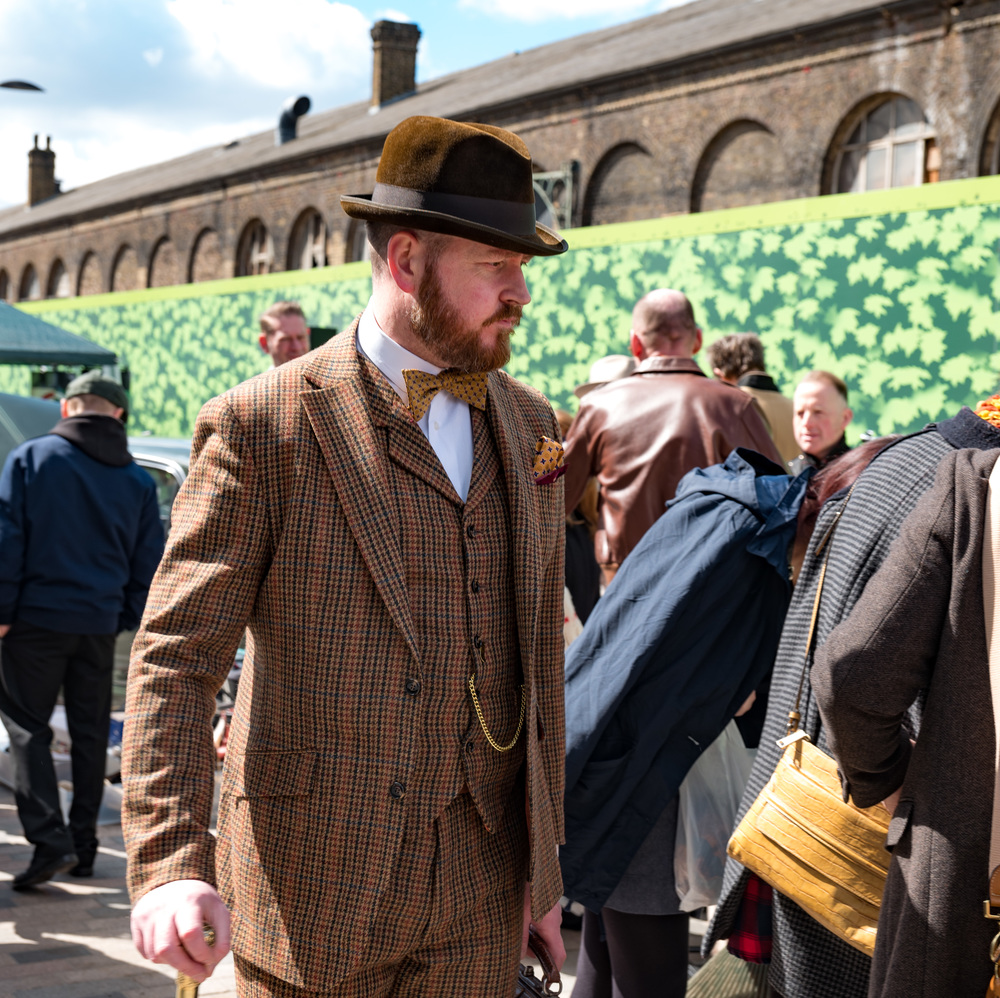
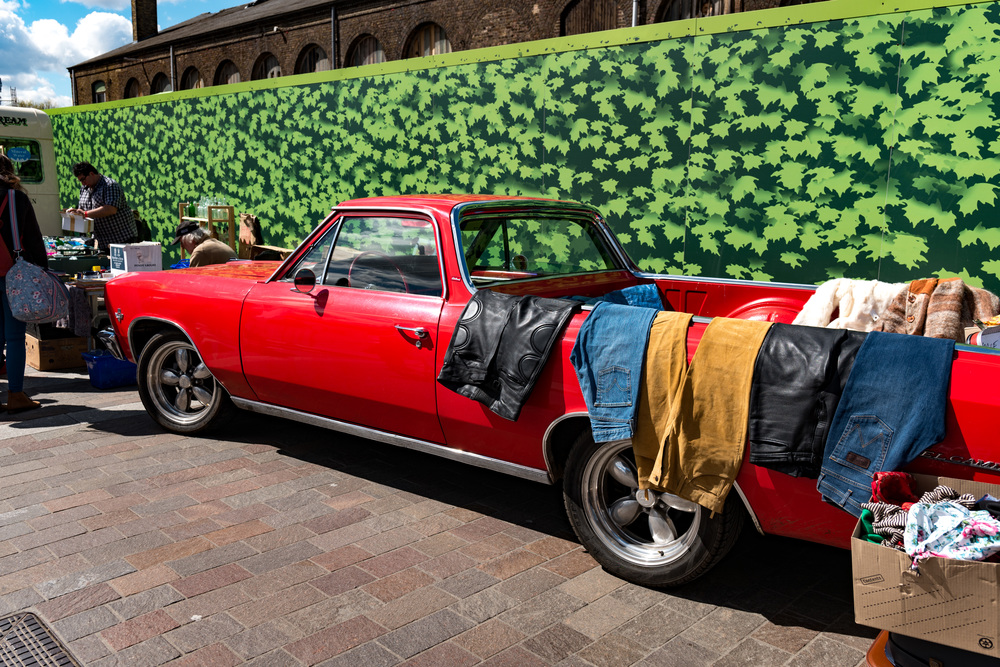
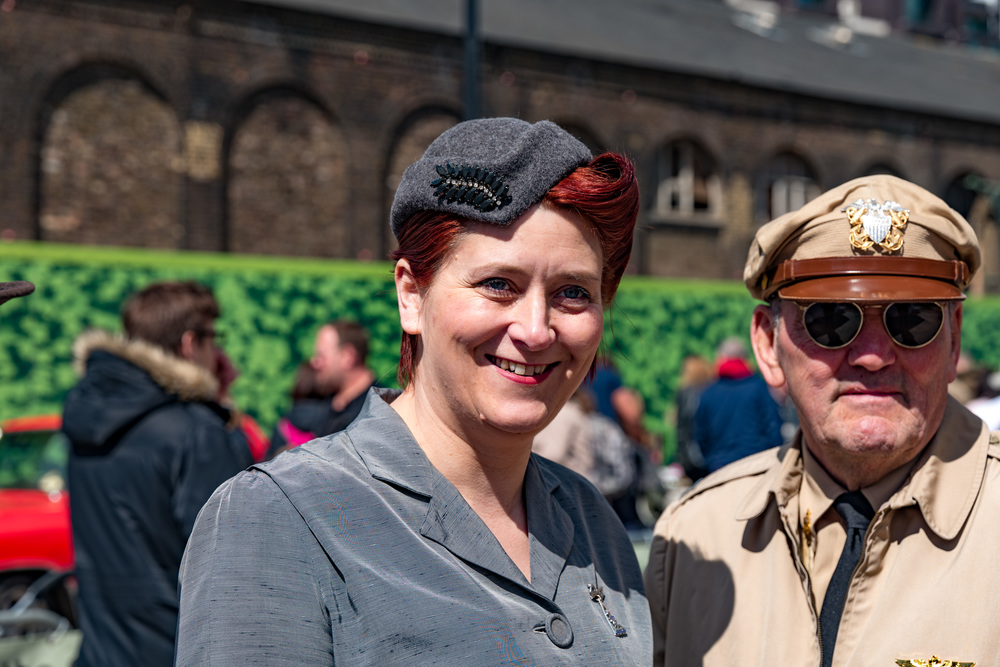
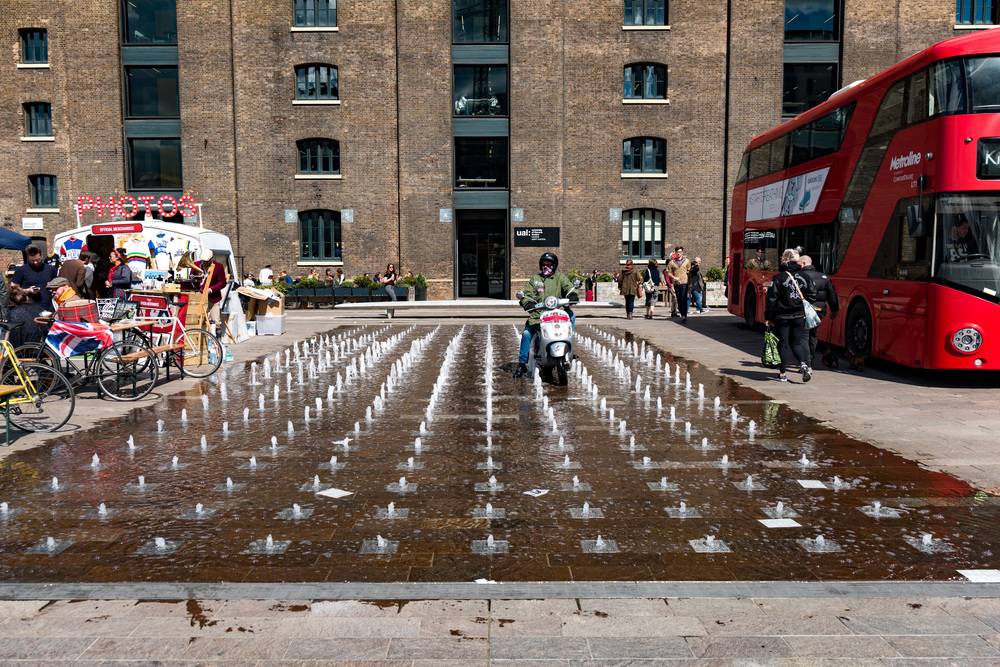
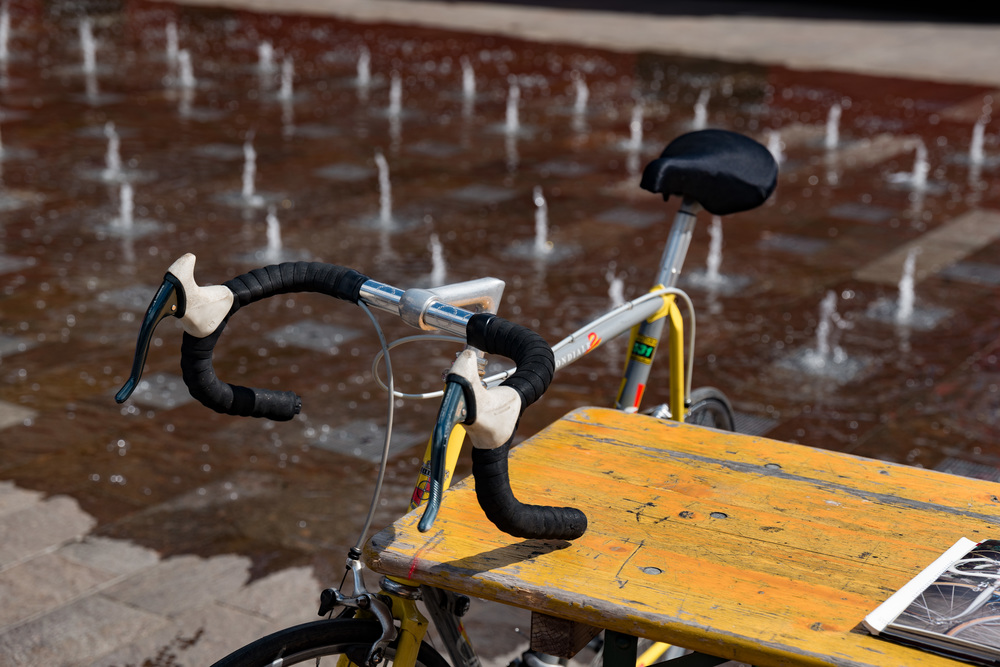
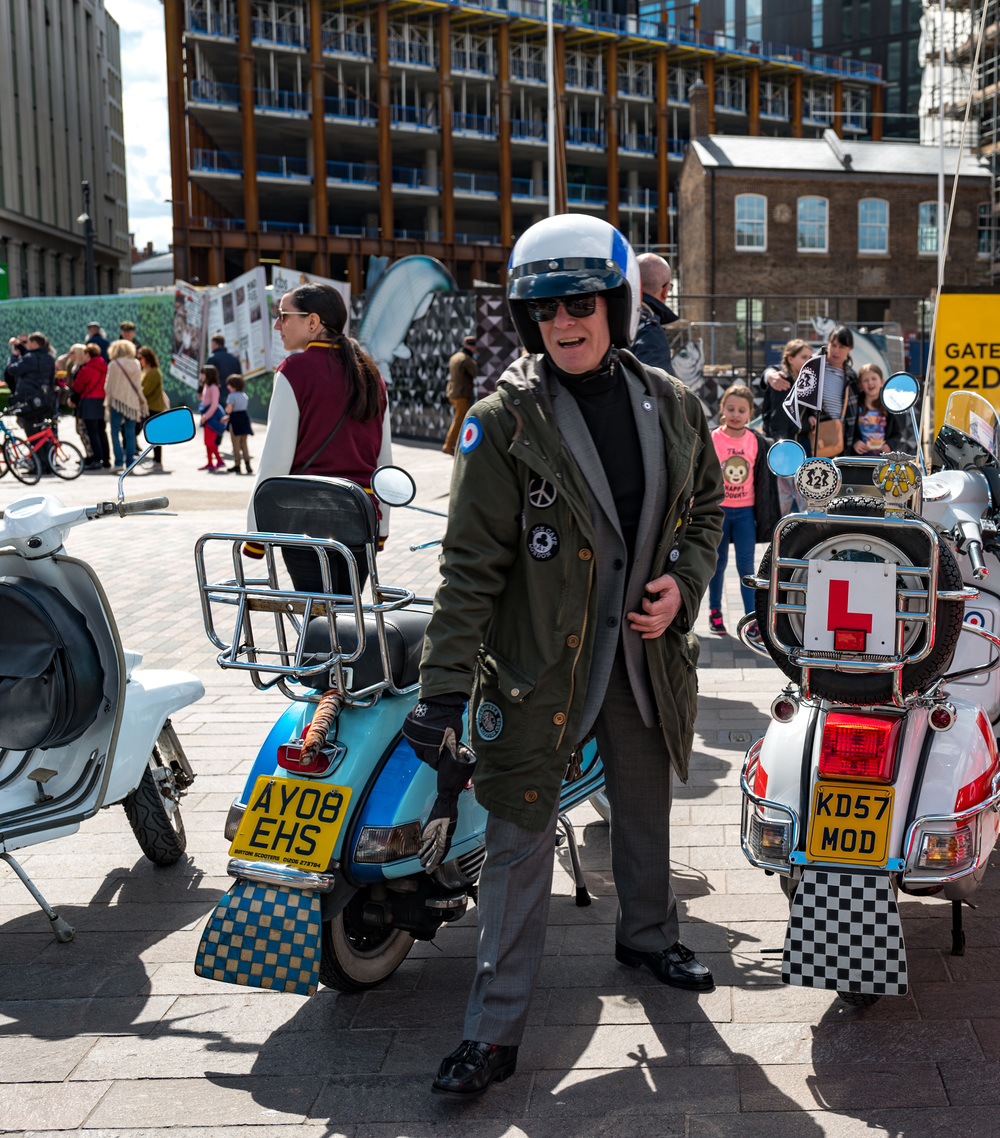
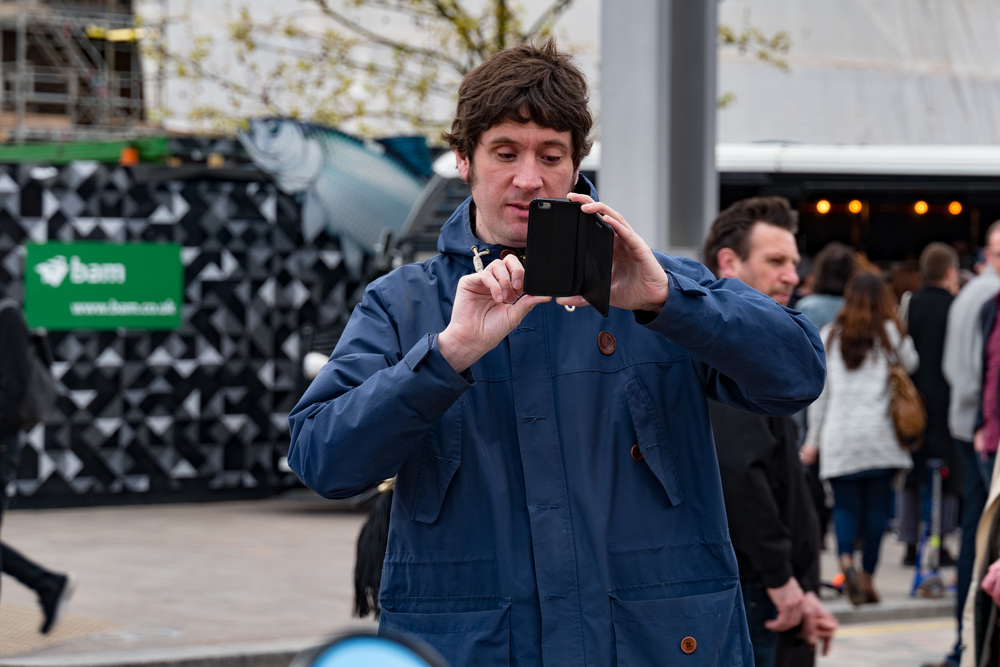
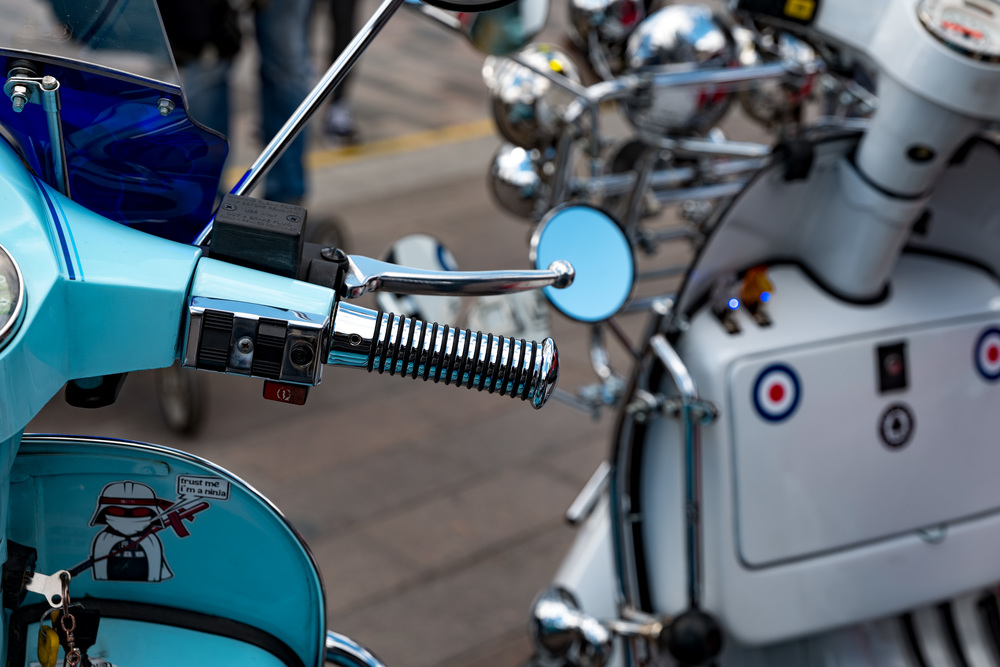
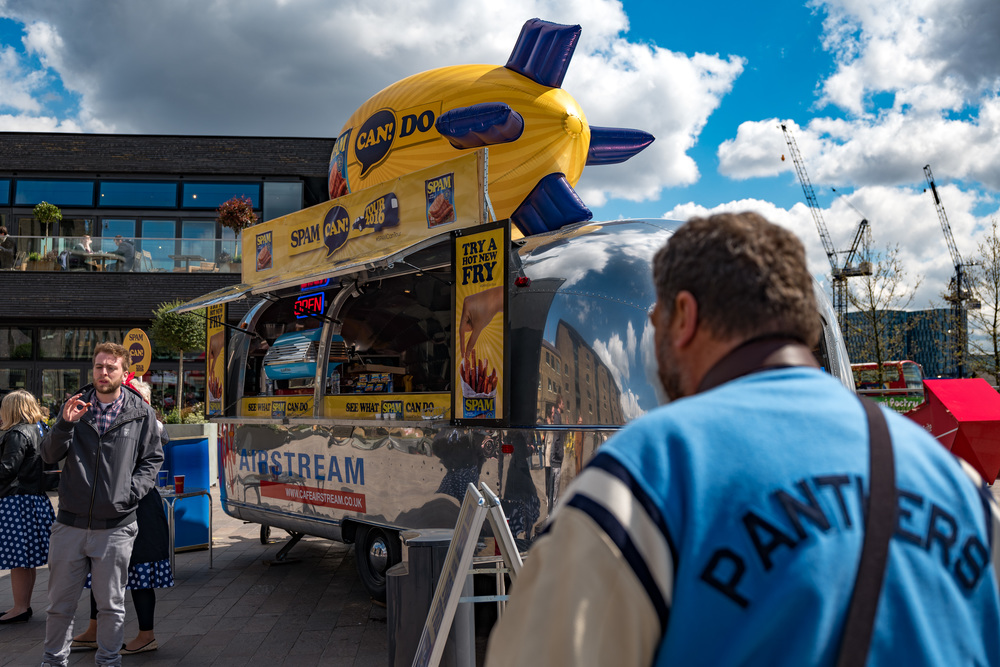
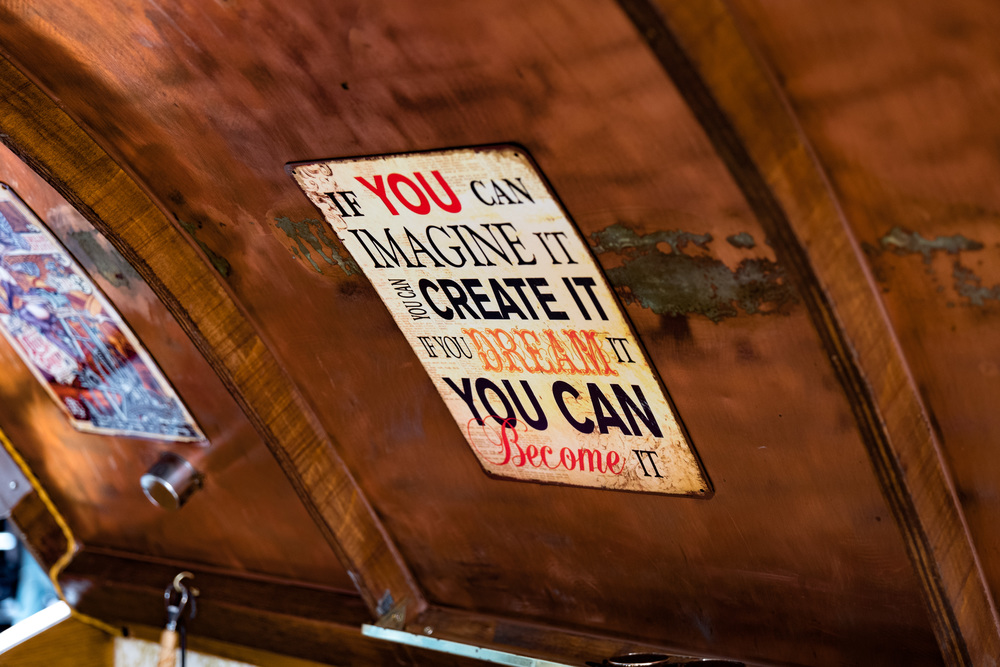
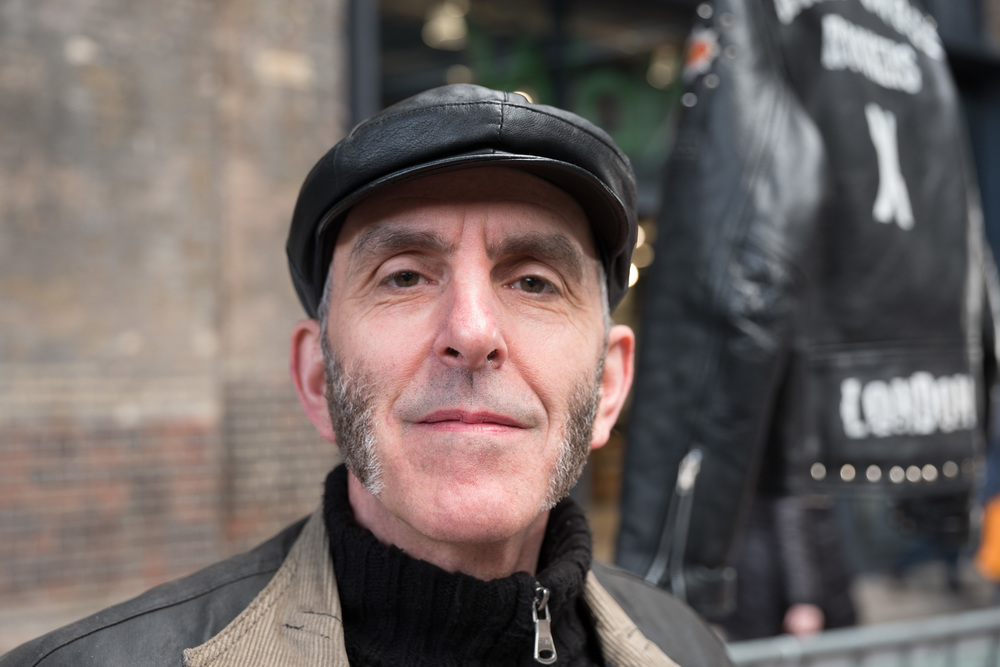
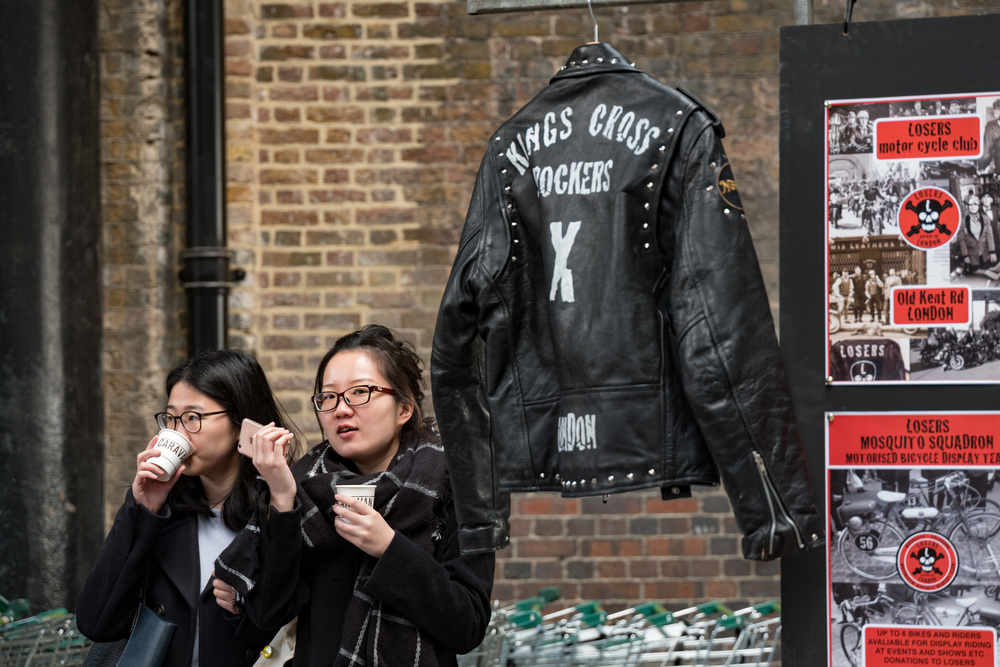
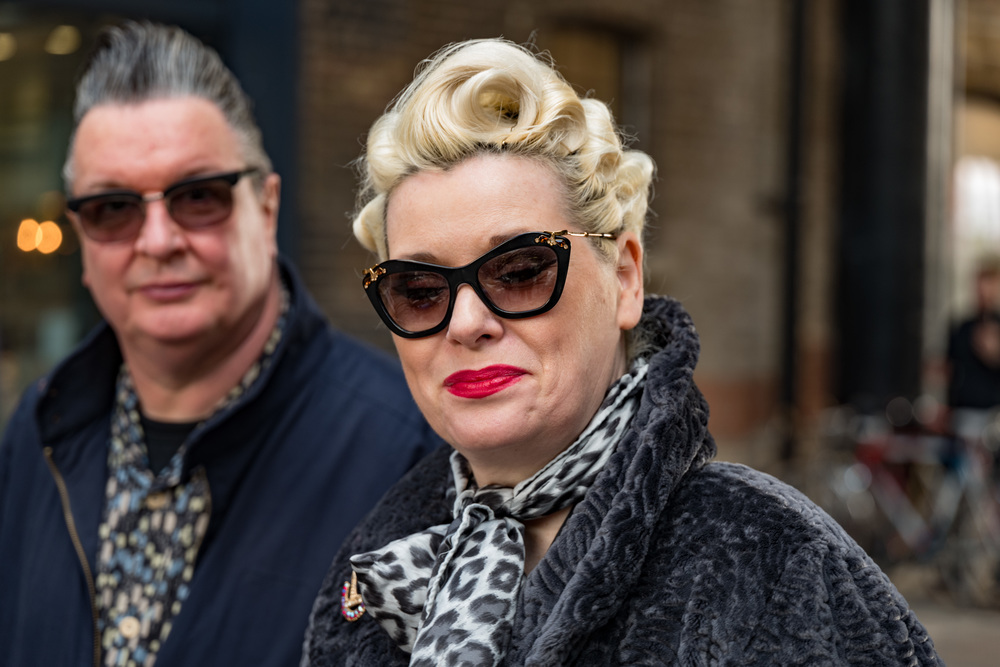
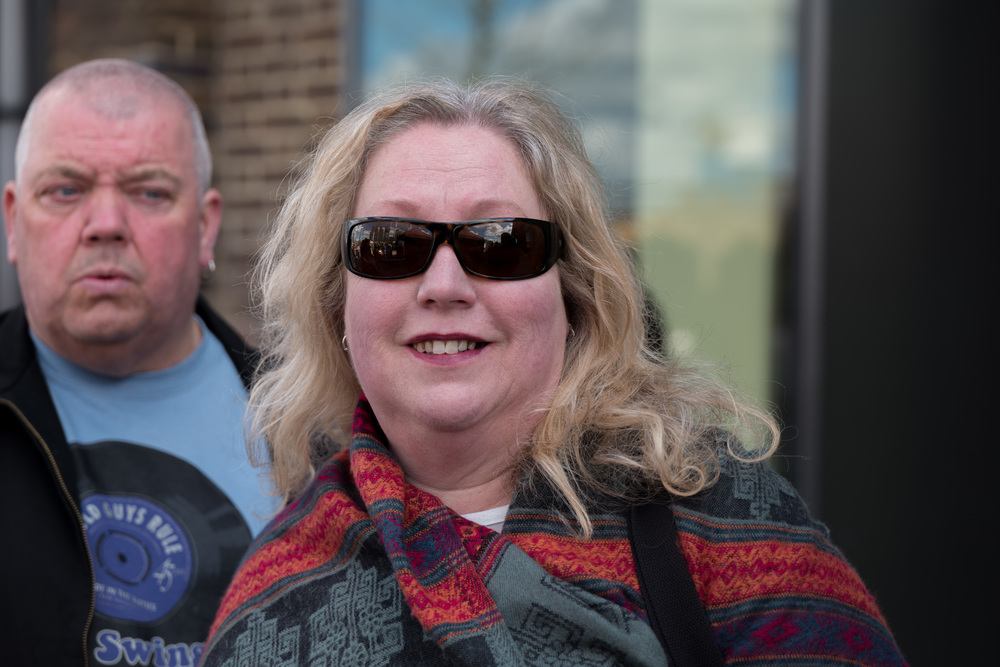
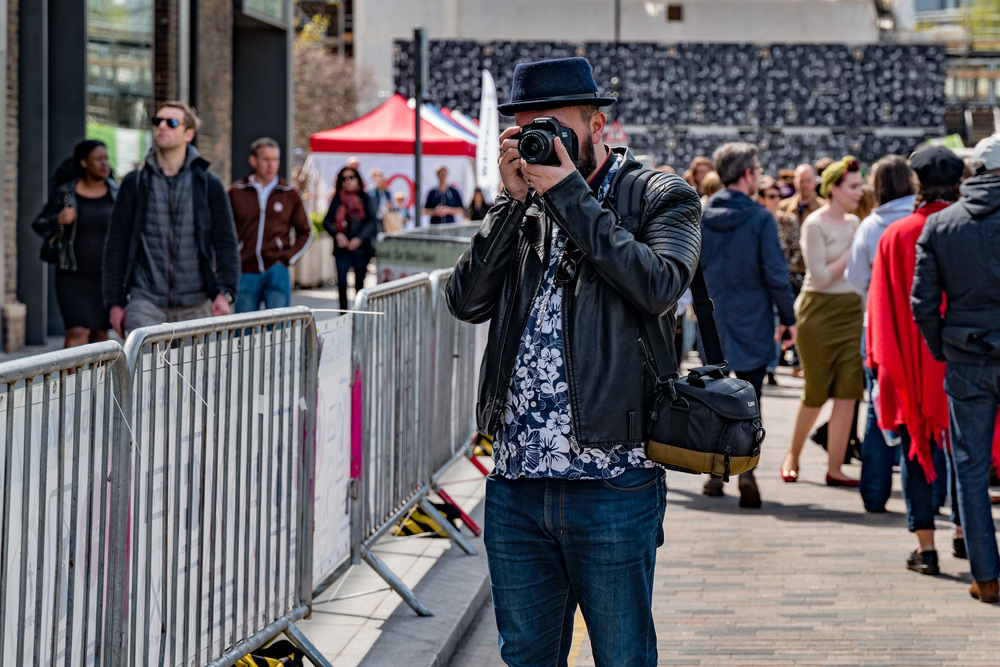
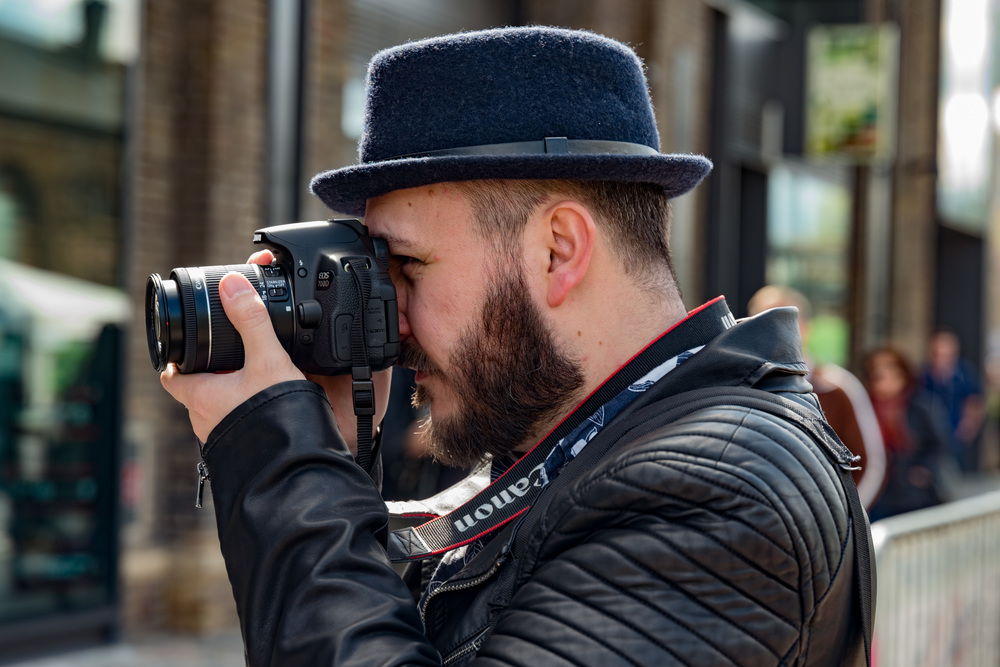
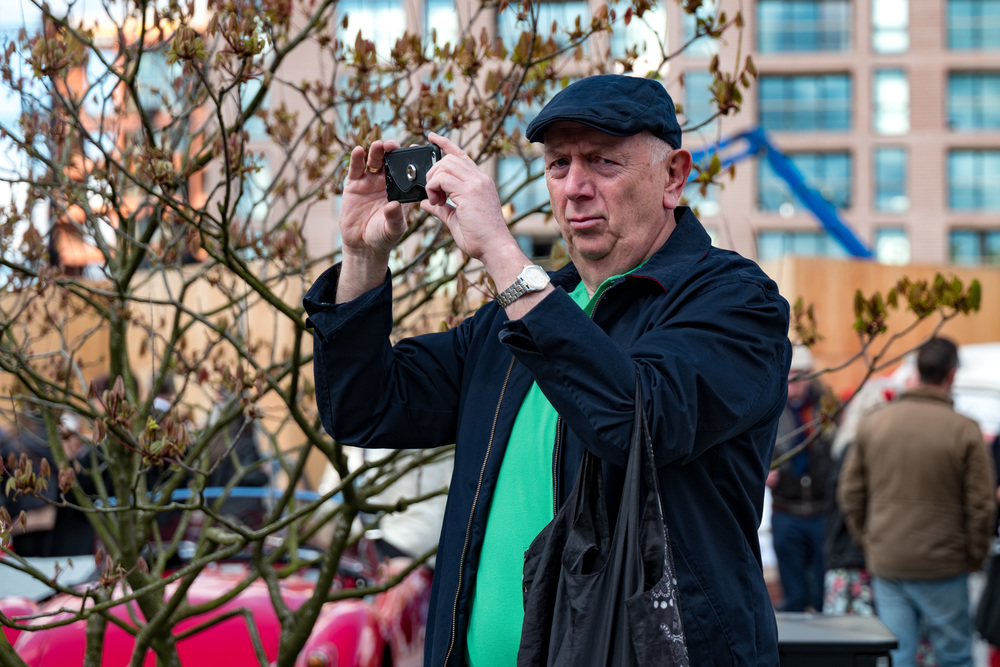
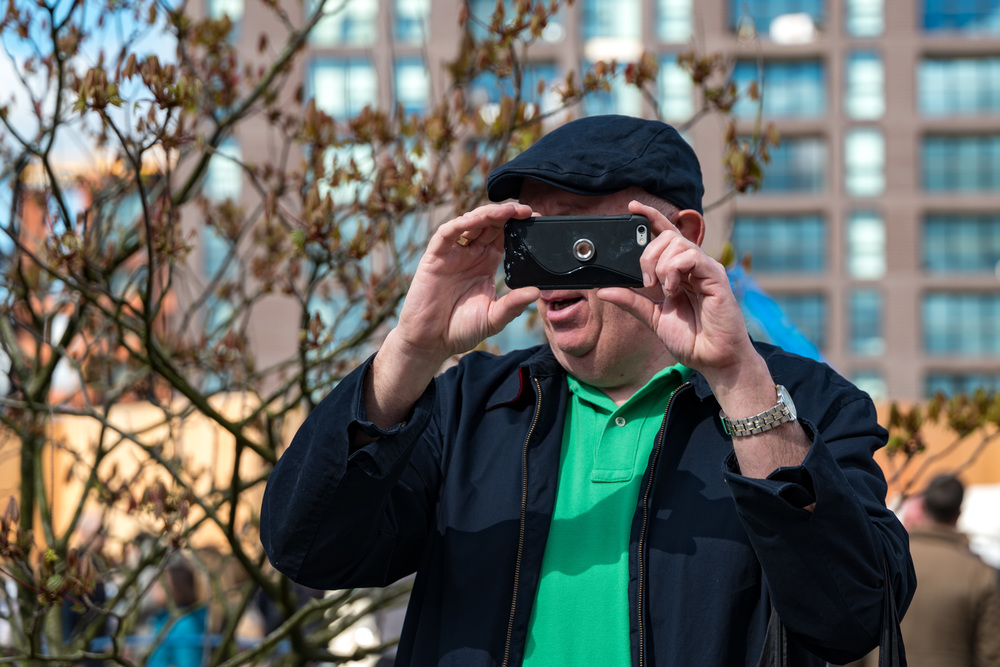
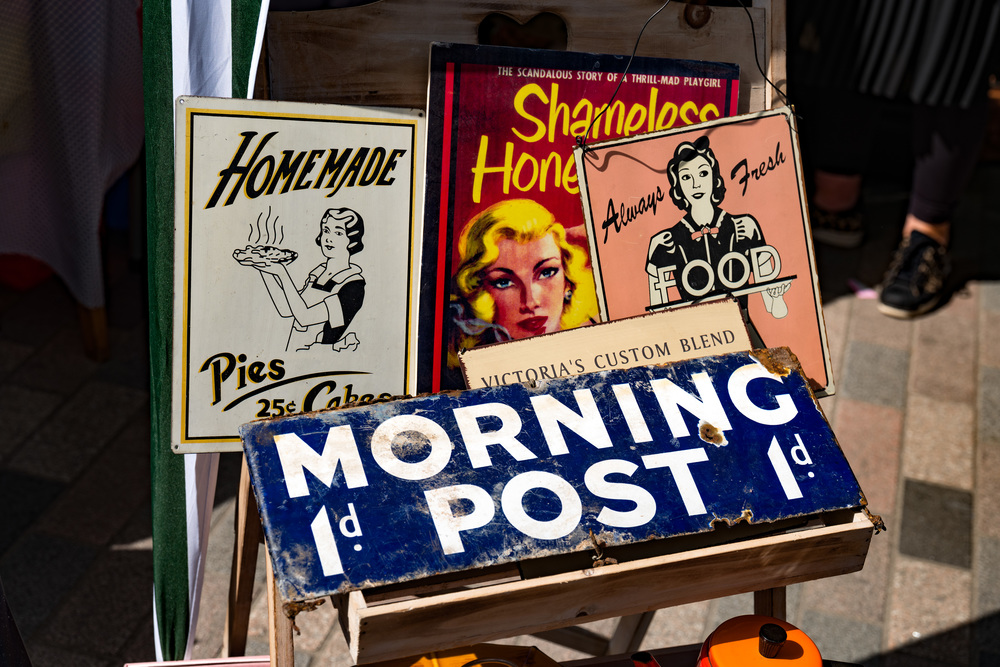
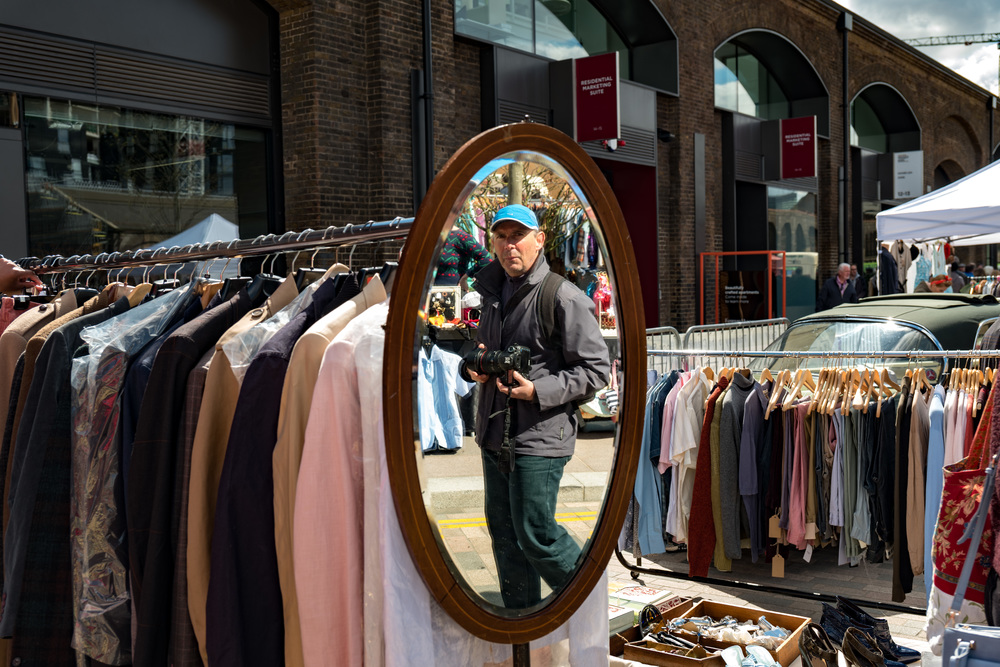
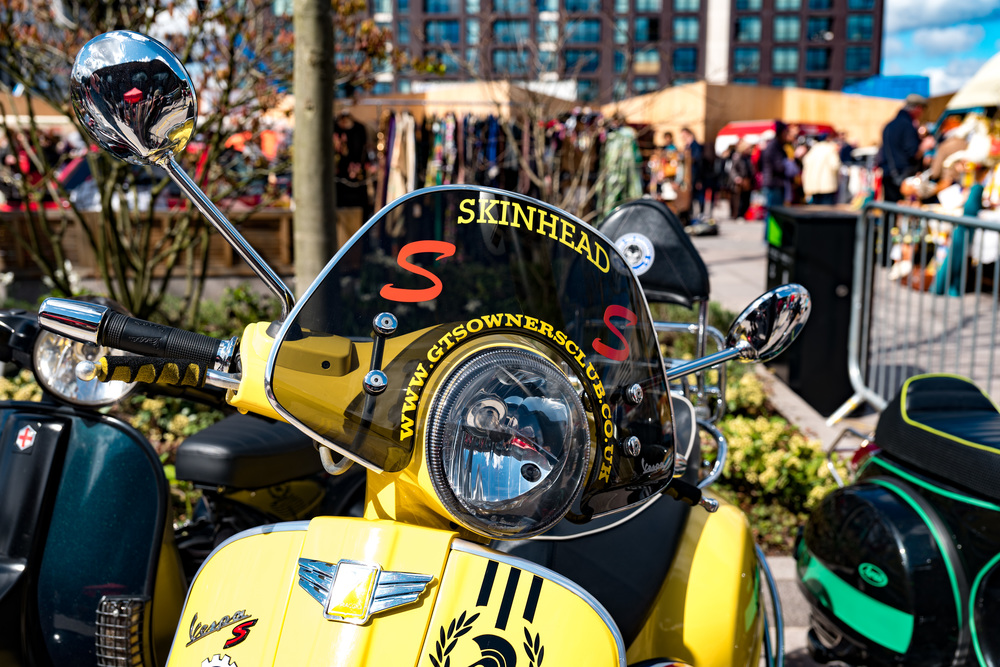
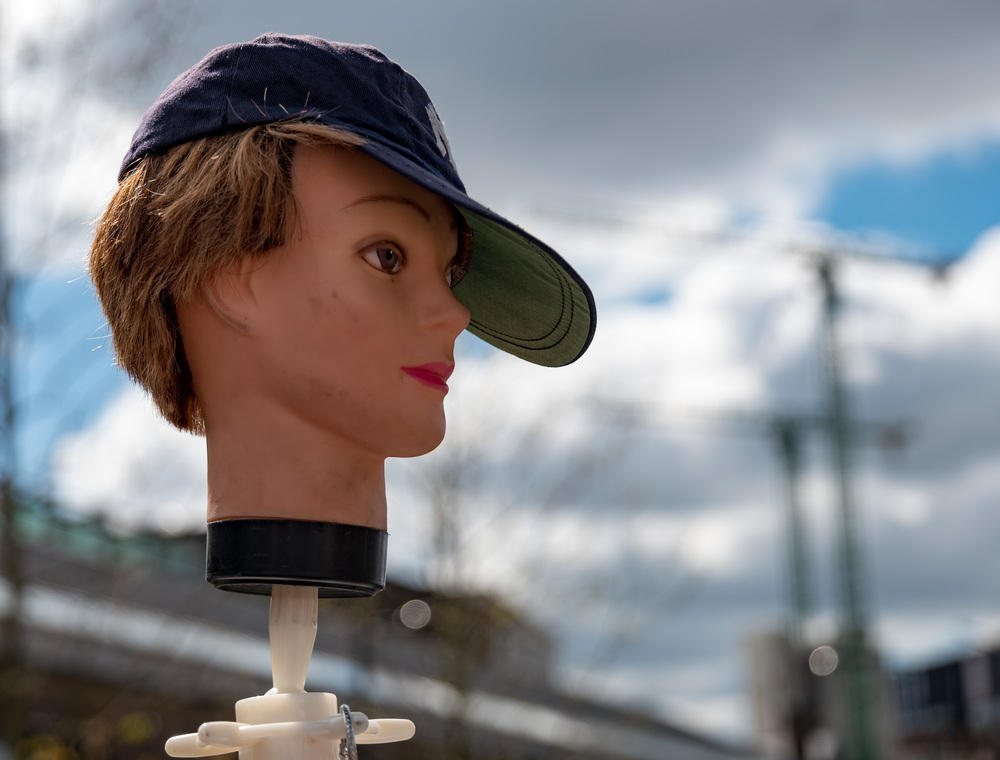
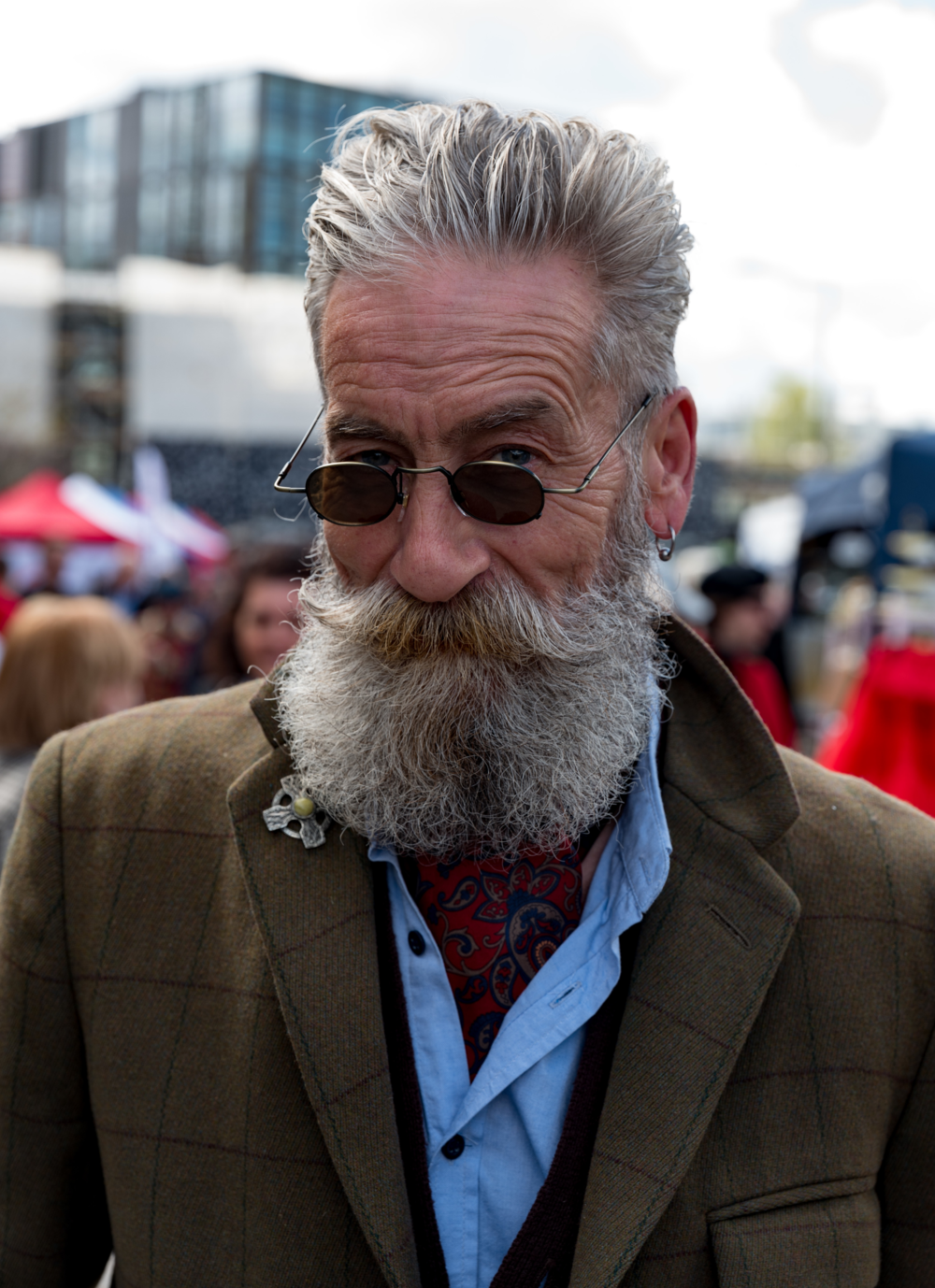
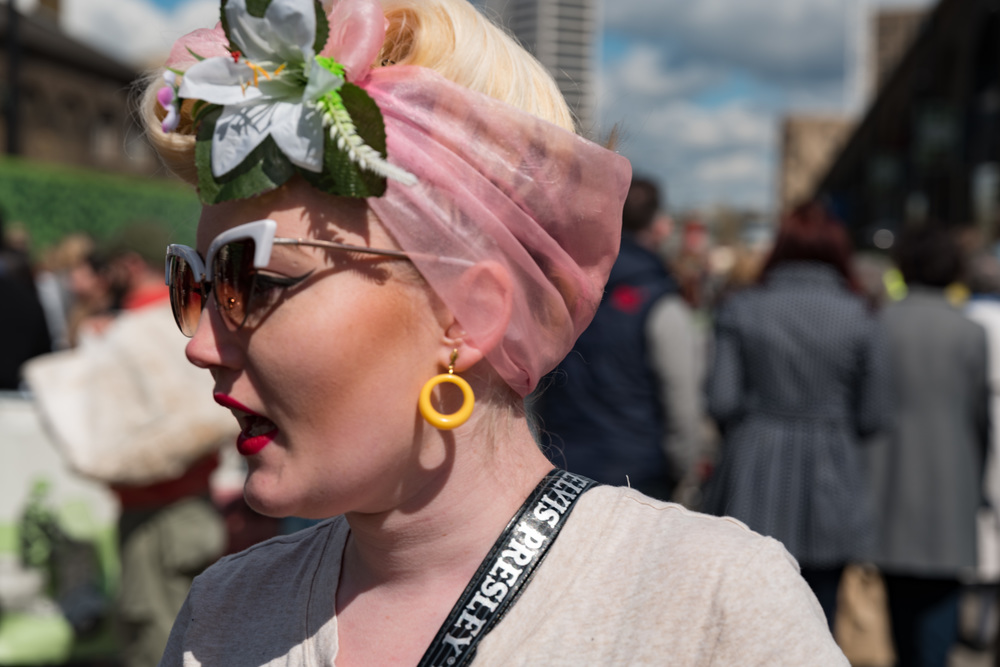
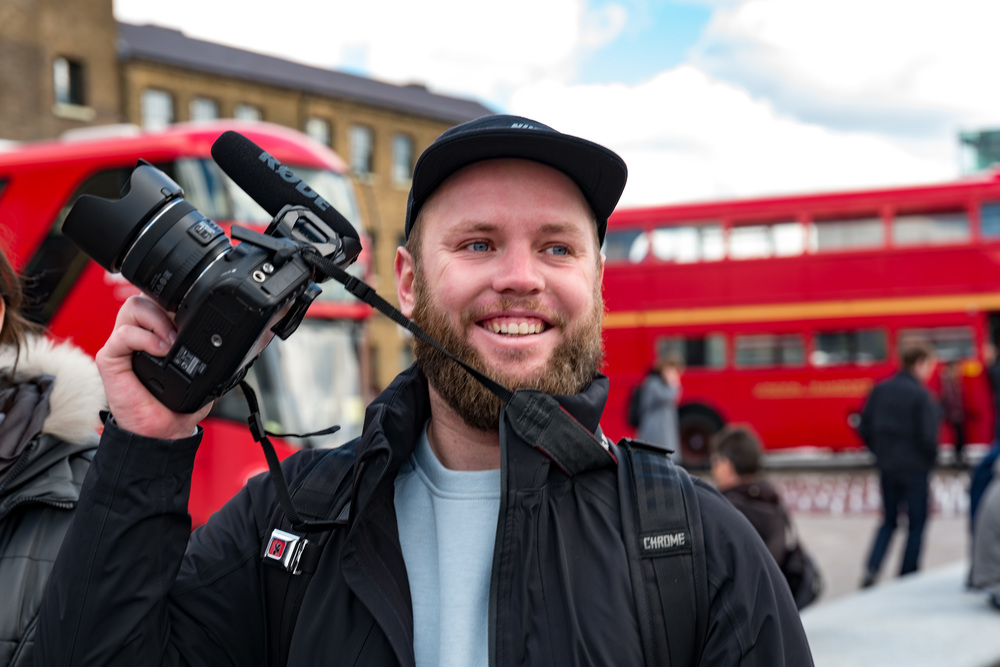
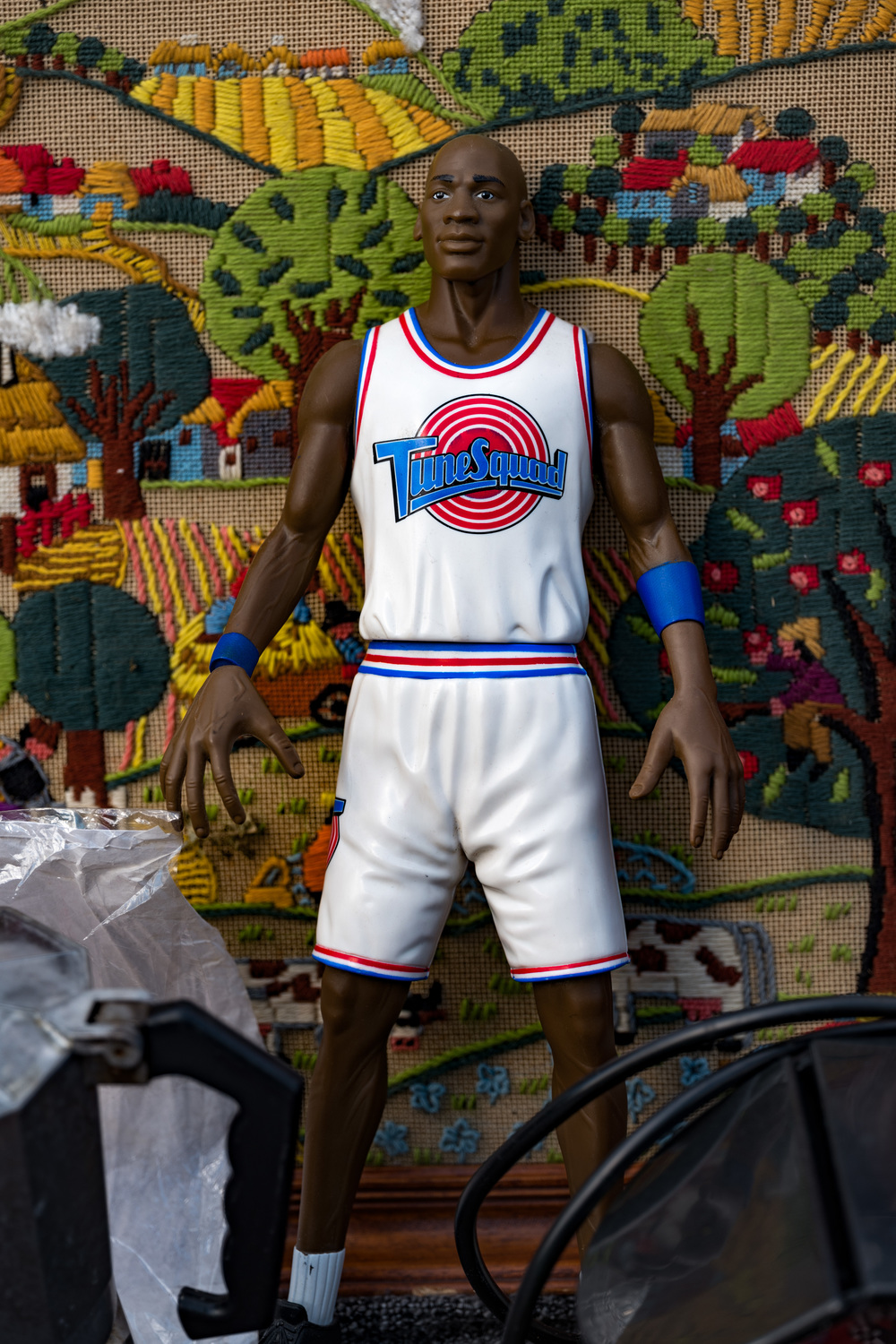
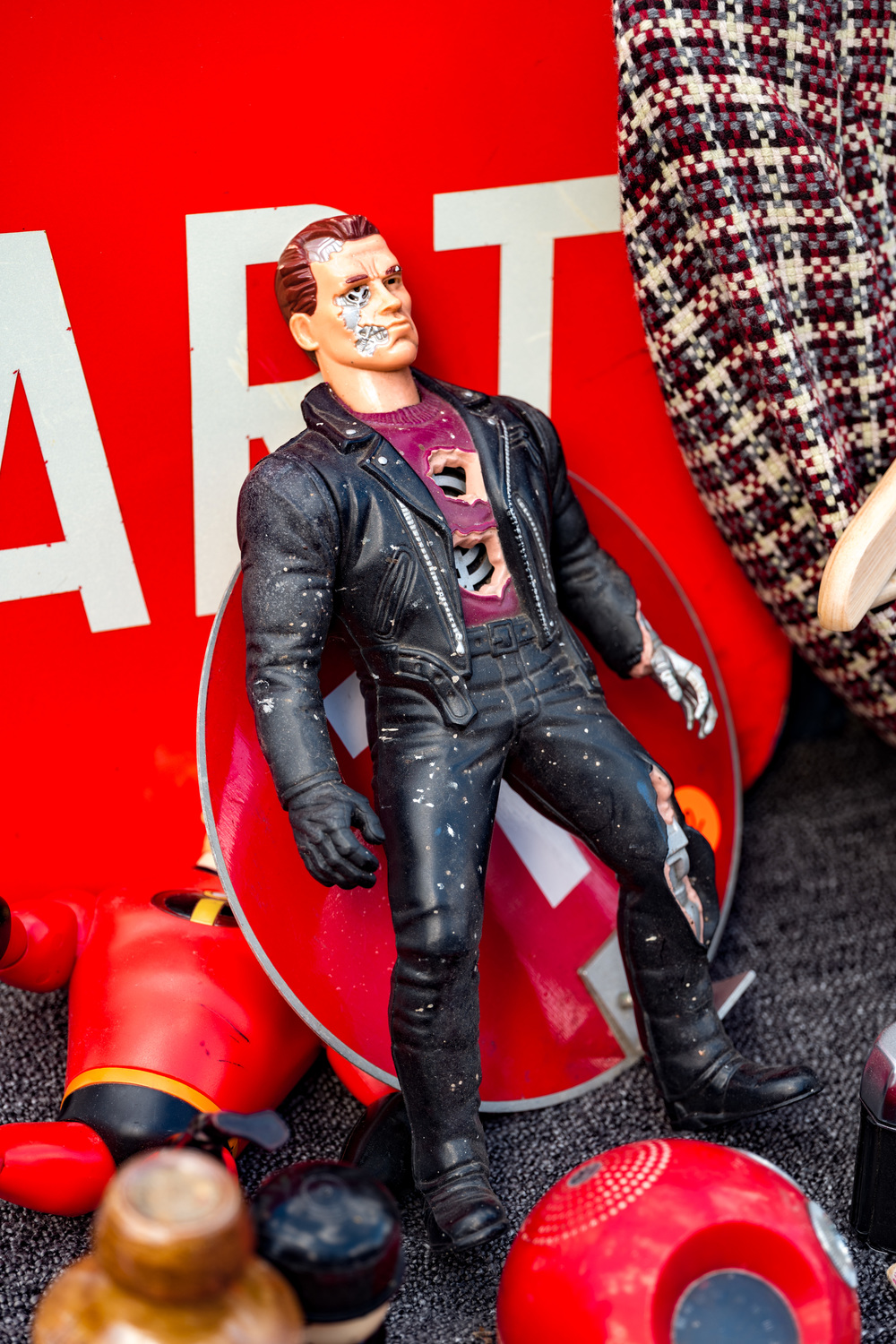
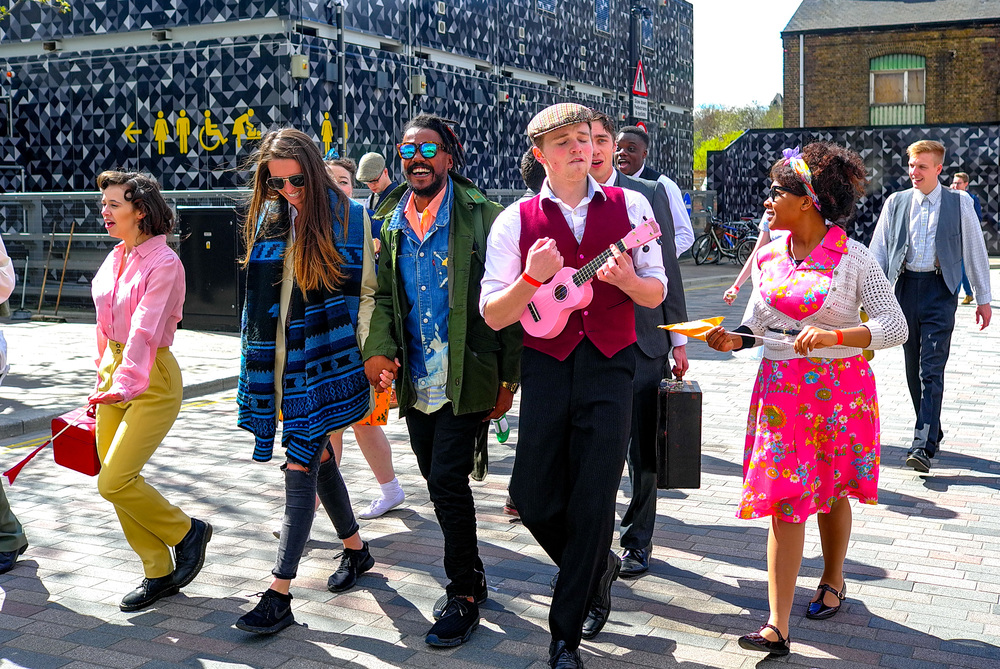
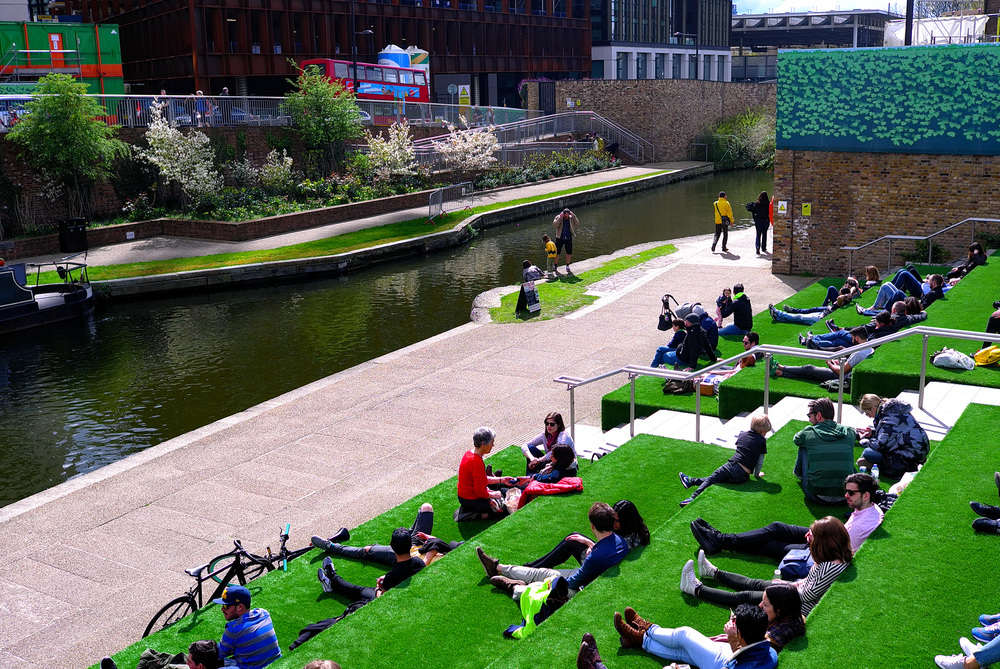
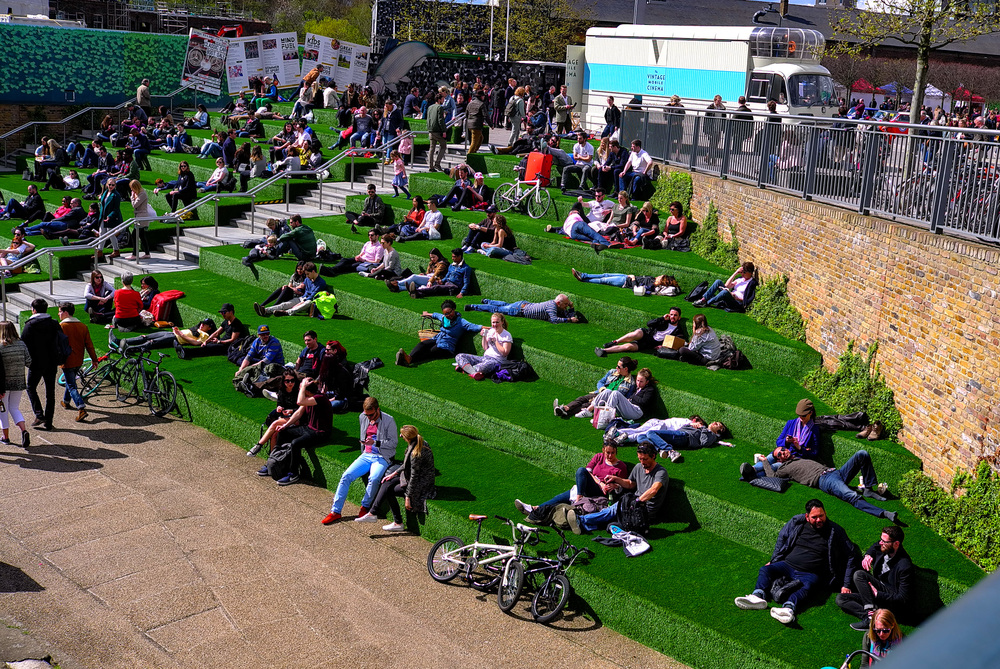
Not one of these photographs has anywhere close to the bokeh one can get from 2.8 lenses in Nikon camp, let alone the 1.4. What am I missing? The focal range is convenient. But not sure what’s the rave about the quality of pics?!
cant judge images because weather is too good and files are low res. looks a bit like every digital camera looks today apart from ccd and foveon cams.
Mystery Camera: Well, no, the camera used for the final shots in the article was not a Fuji, nor was it the Q or any other modern camera. It was the humble Leica X1, a camera that has been superseded several times but refuses o lie down and die. As an ultra-compact Leica street camera the X1 goes back to its Barnack roots. It’s slow, it’s very slow, with leisurely autofocus (compared with modern cameras) and a write-to-disk speed that takes some believing. But it has a timeless fascination. I bought mine cheap at a camera fair and I love it.
Very nice set of images! The rendering of the lens is quite pleasant. I’m looking forward to your review of this combo.
About the mystery-camera: My money is on the X Pro2…
Claus
Thanks, Claus, William, Stephen for your comments and you entry into the camera competition. I will wait until tomorrow and then let you know the identity of the mystery camera. Is it a Fuji, is it a D-Lux? Whatever it is, it’s not a bad performer and is a good backup for any occasion (or, come to think of it, a principal camera for any occasion).
This dressing up lark is getting out of hand! Seems to be a ‘spill-over’ from Goodwood. Most of the people are too young for this to be a nostalgia trip. Maybe it is a way to escape what some might regard as the sheer awfulness of the 21st century where bad taste reigns and everybody is either bored or impatient or both. Personally, I like old cameras, old cars and jazz but I like them per se and not as a reminder of things past. I consider myself way too young for that! The only time that nostalgia sets in is when I see a car that my father might have driven when I was growing up in the 1950s and 60s or when I hear a pop hit from my youth.
As for the cameras and photos, the SL photos could have come from any modern ‘DSLR’ or similar camera with their signature sharpness and saturation. The colours are more neutral than those from Japanese ‘counterparts’ and this could be regarded as a Leica ‘trademark’. Most people seem to be happy to have their photo taken, despite the size of the rig, except perhaps for the surly looking bloke with the smartphone.
As for the other camera, the photos have a ‘film like’ look. They are nice scans if they are from a film camera. Maybe ‘Neil’, the M7? If not film, then it could be a compact digital such as a D-Lux or Fujifilm with ‘film look’ processing in Lightroom or Nik Filters.
The occasion was, of course, crying out for a film camera. Something from a late LTM to an M3, M2 or M4 would have been most appropriate.
William
William… Of course you are right, nostalgia isn’t what it used to be.
I blame the EU meself!
Very nice pictures Michael… If only it wasn’t so big!
The fabled MD has made the rumours again… This time apparently it is the same size and appearance as the M-A but with the type 262 sensor….?
I would guess that the mystery camera is the Leica Q.
Thank you, Stephen. It’s horses for courses, I’m afraid, and there is no getting away from the size of the SL if you want the quality. Just look at the Leica S: Even bigger.
As for rumours–my lips are sealed. Certainly an M-A digital replica would be very well received, although the rumoured price is not so likely to be lauded.
So… Not the Leica Q then?
Could this be the Leica MD making its first appearance?